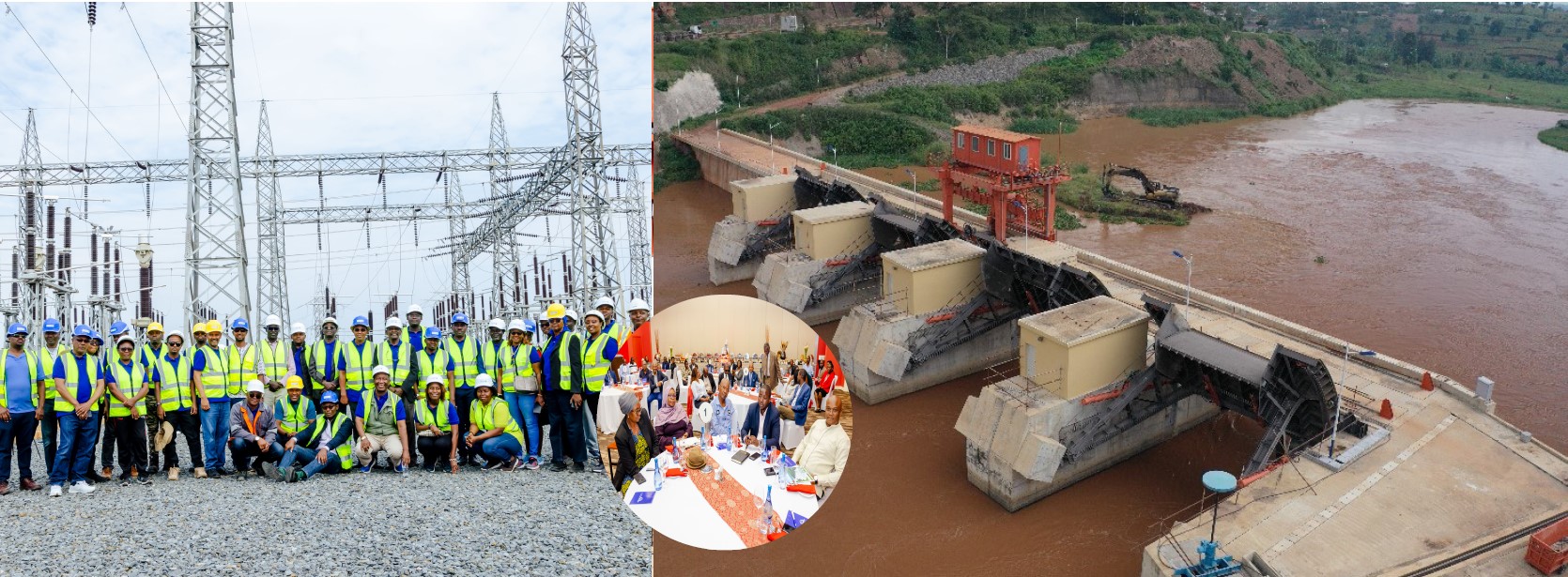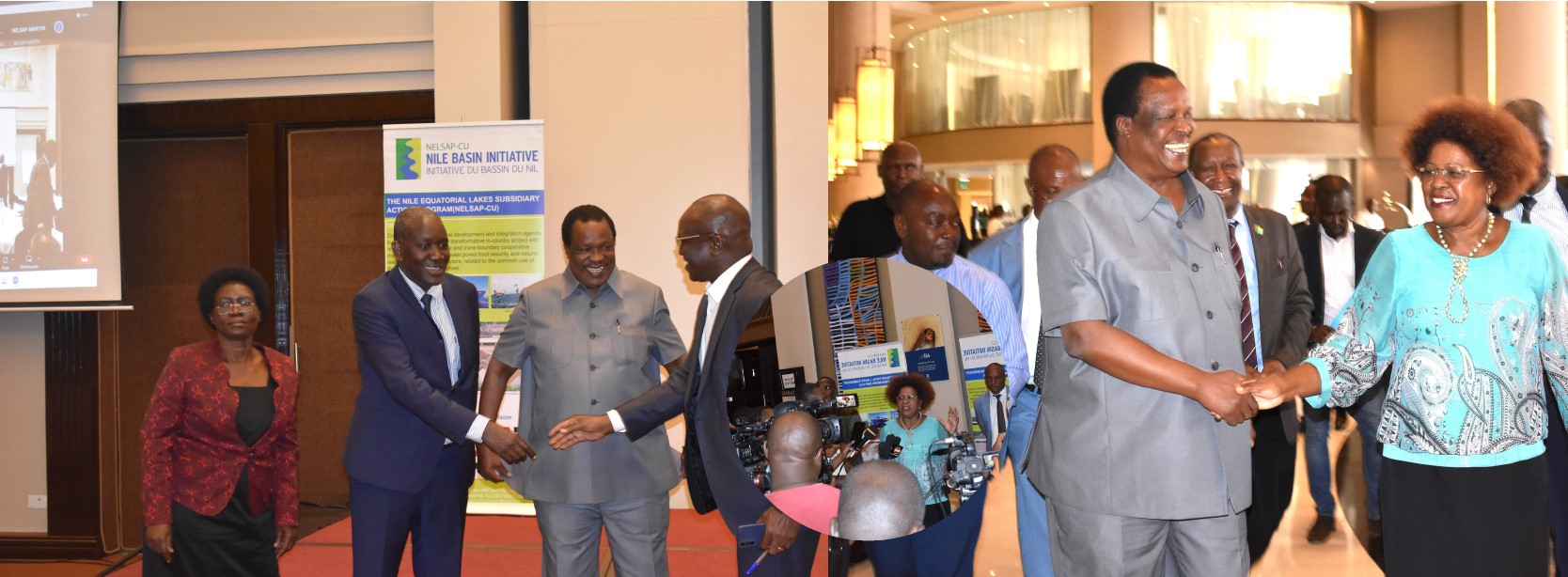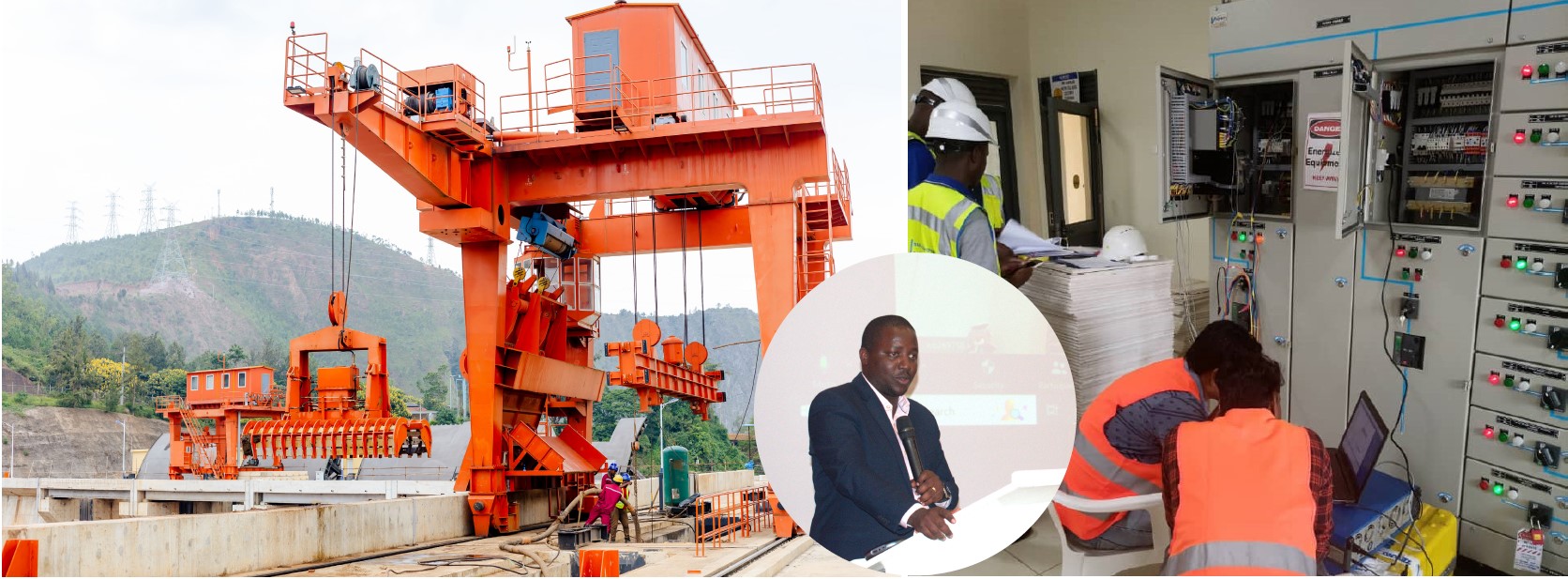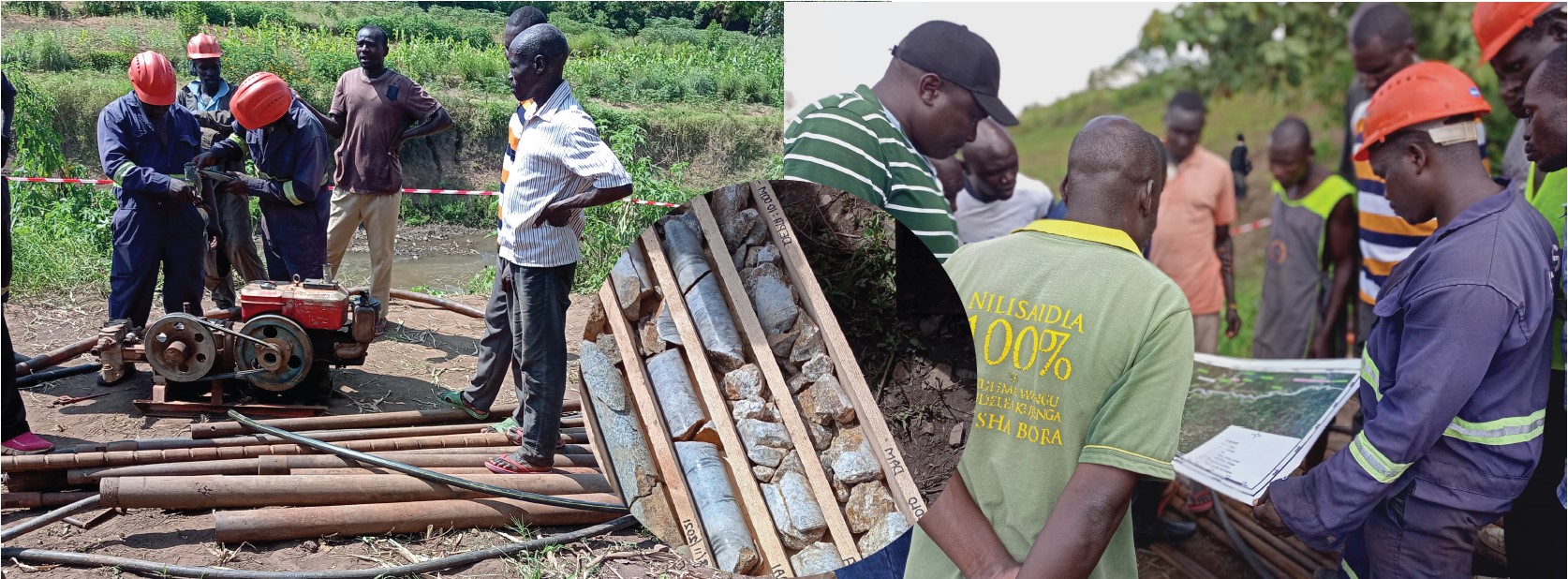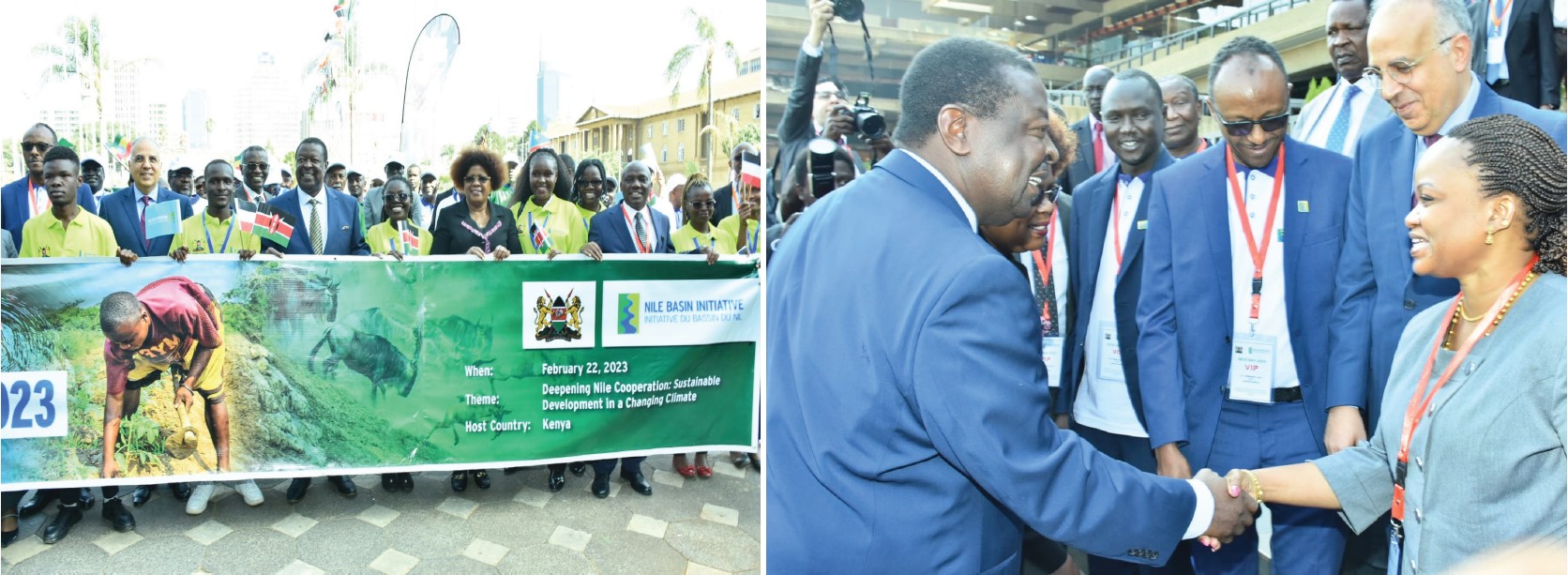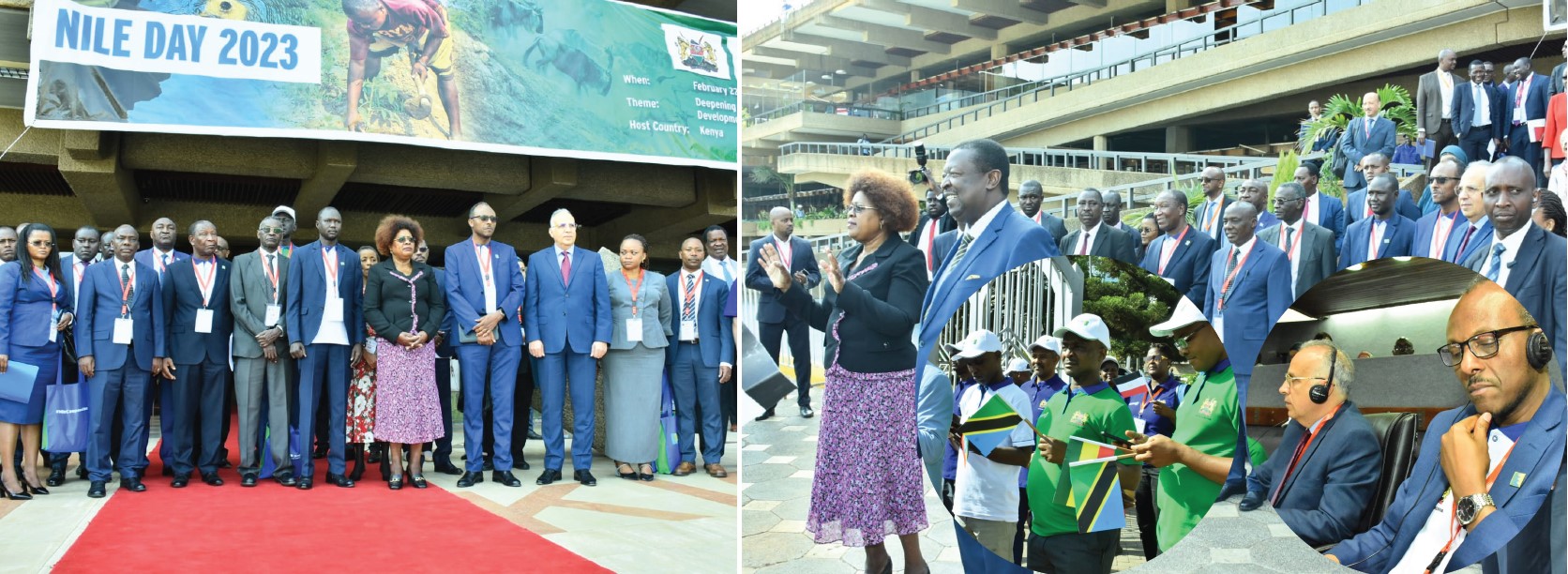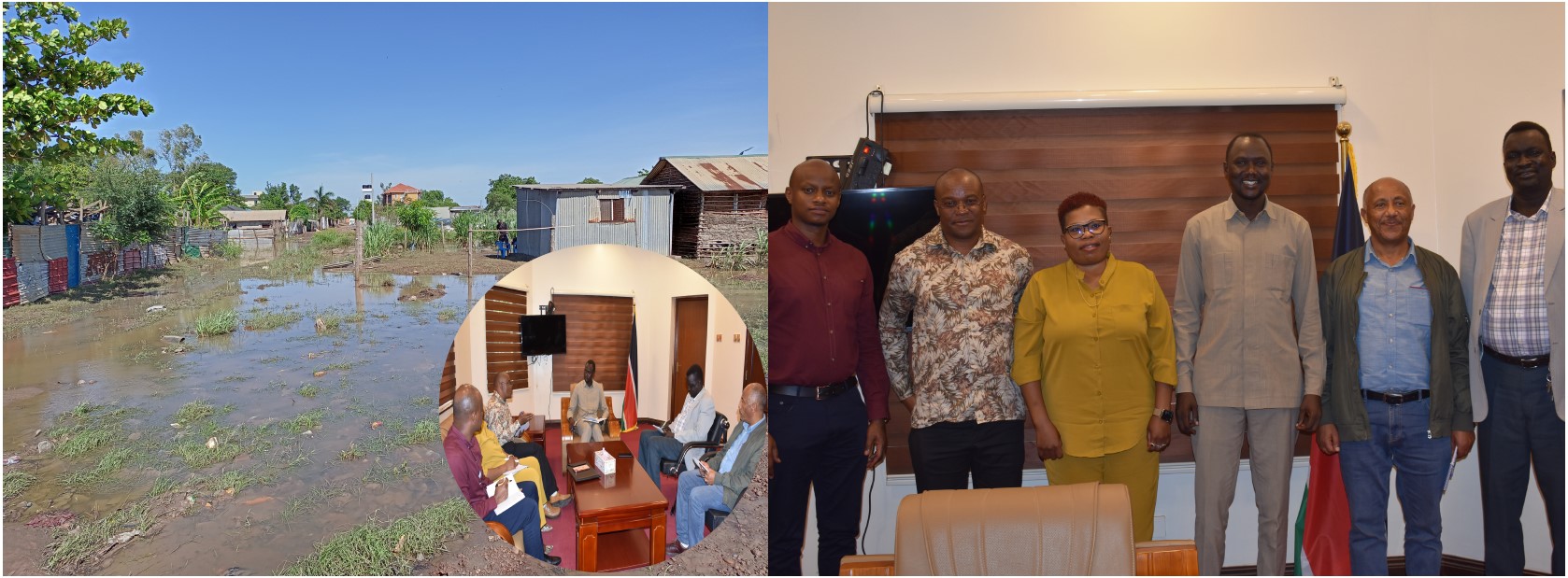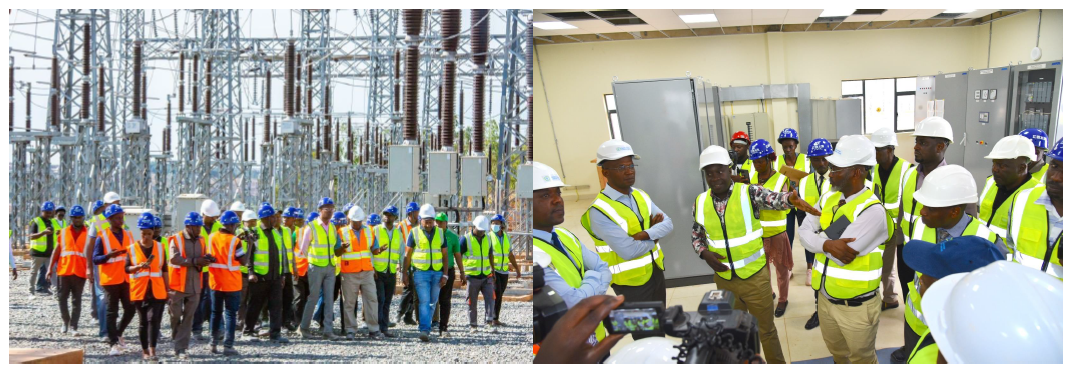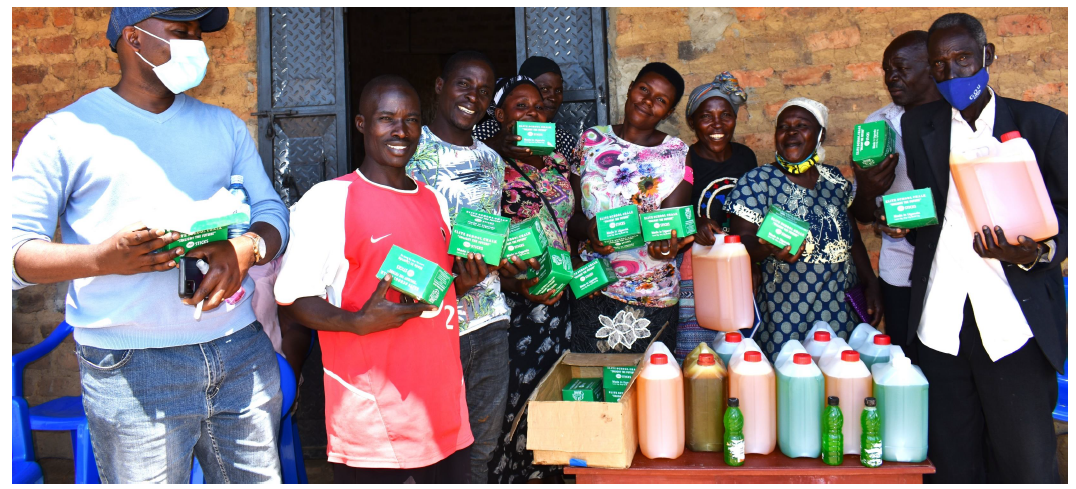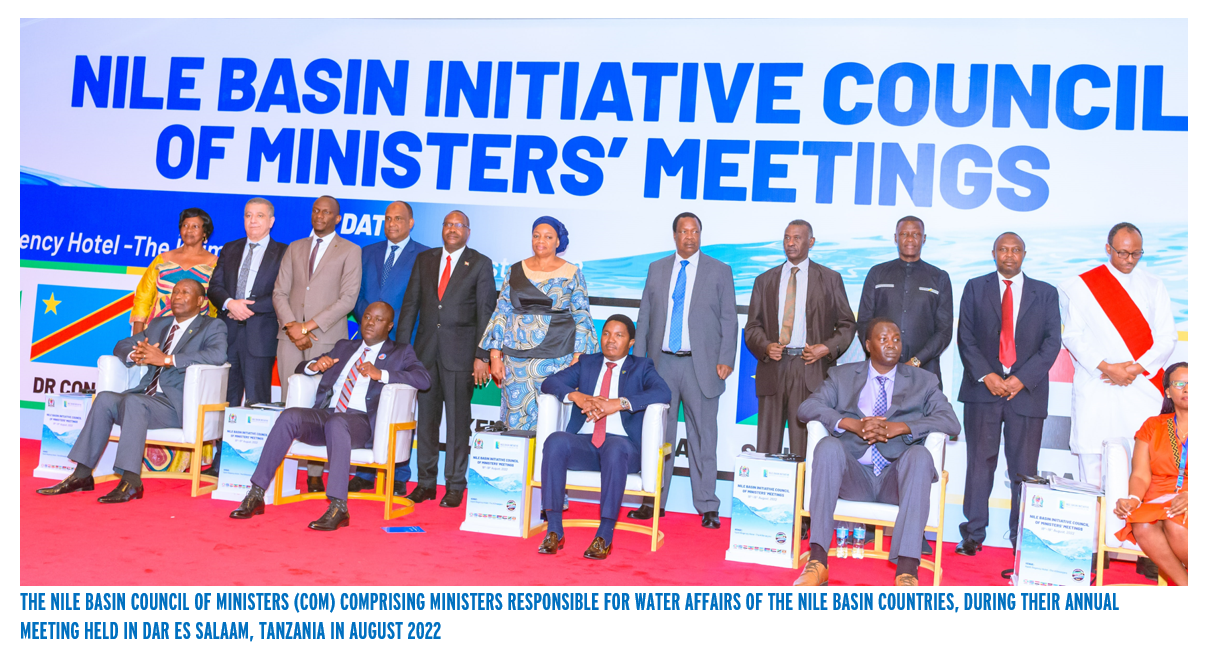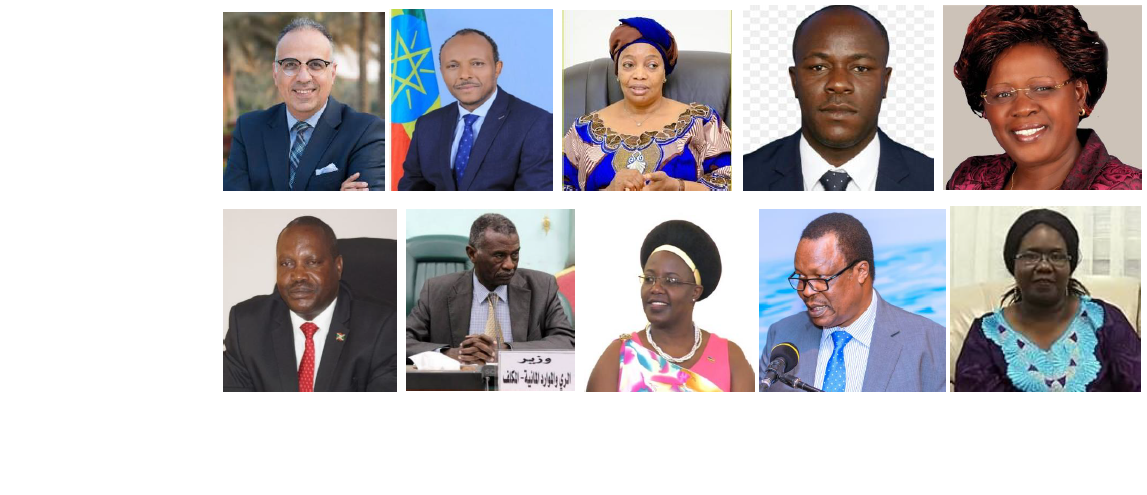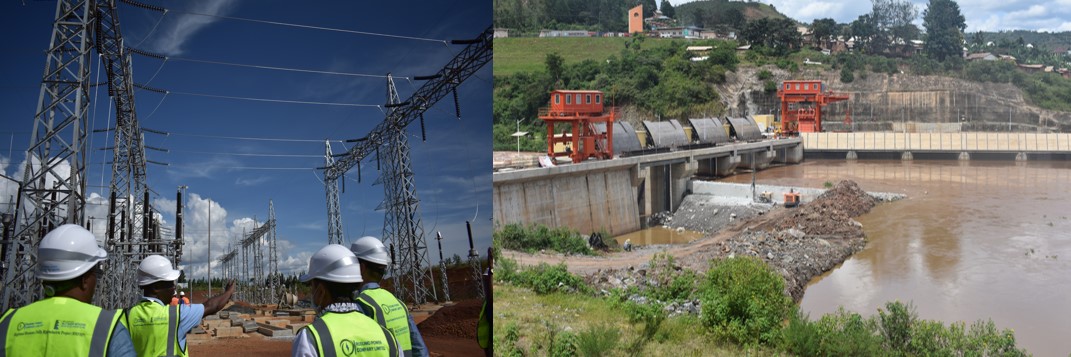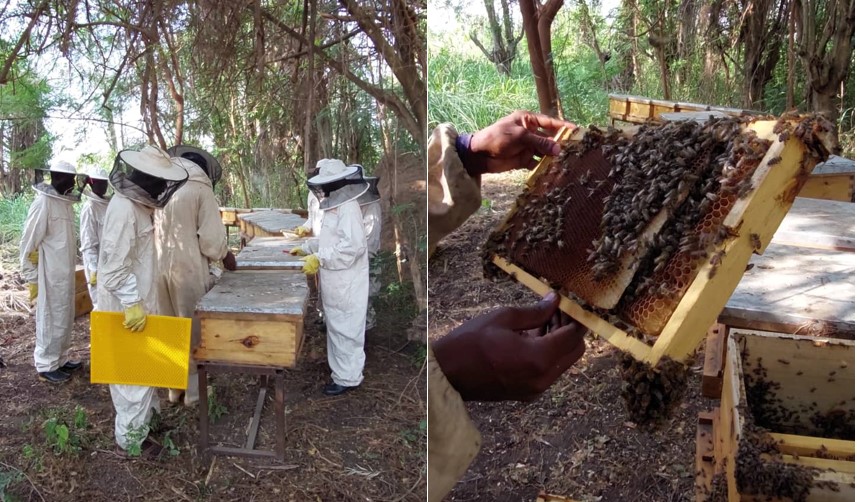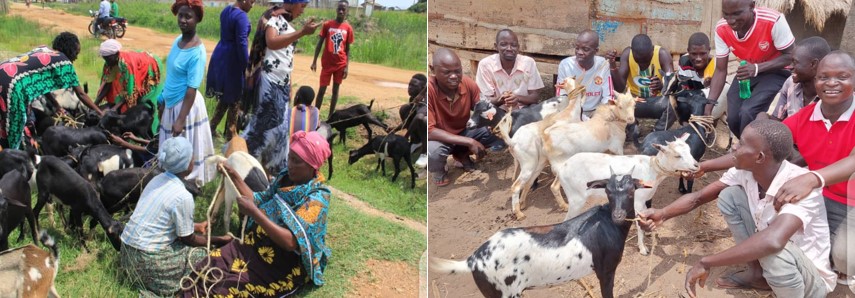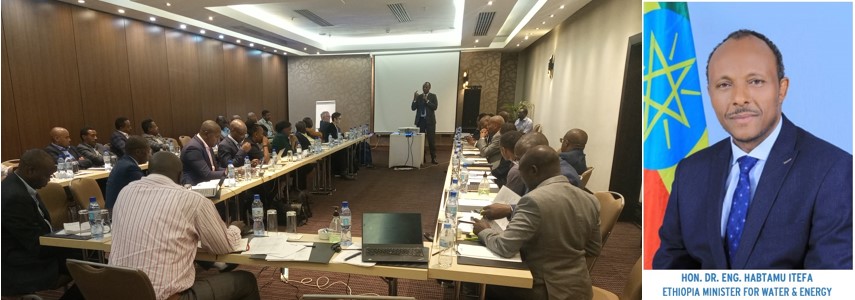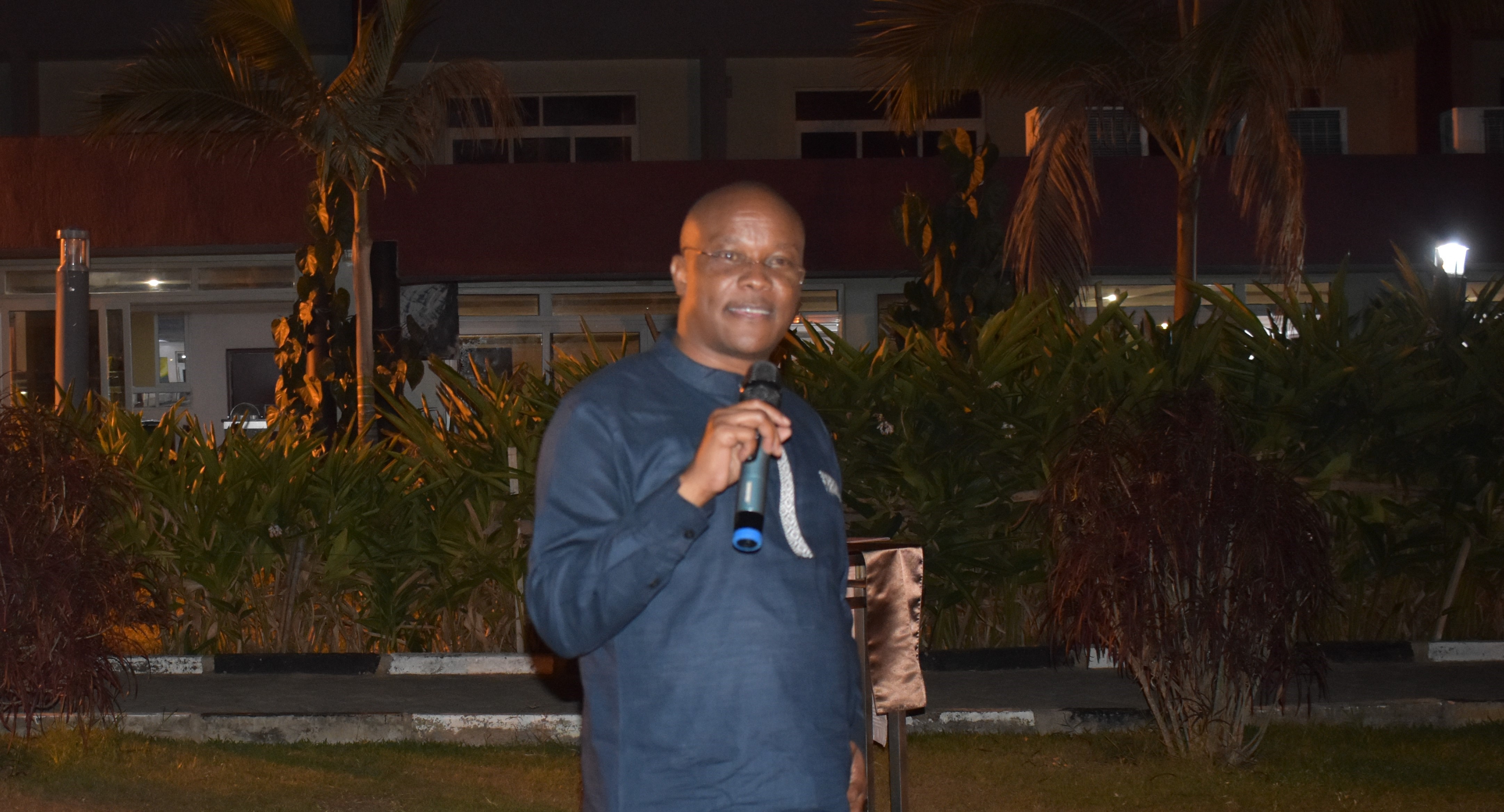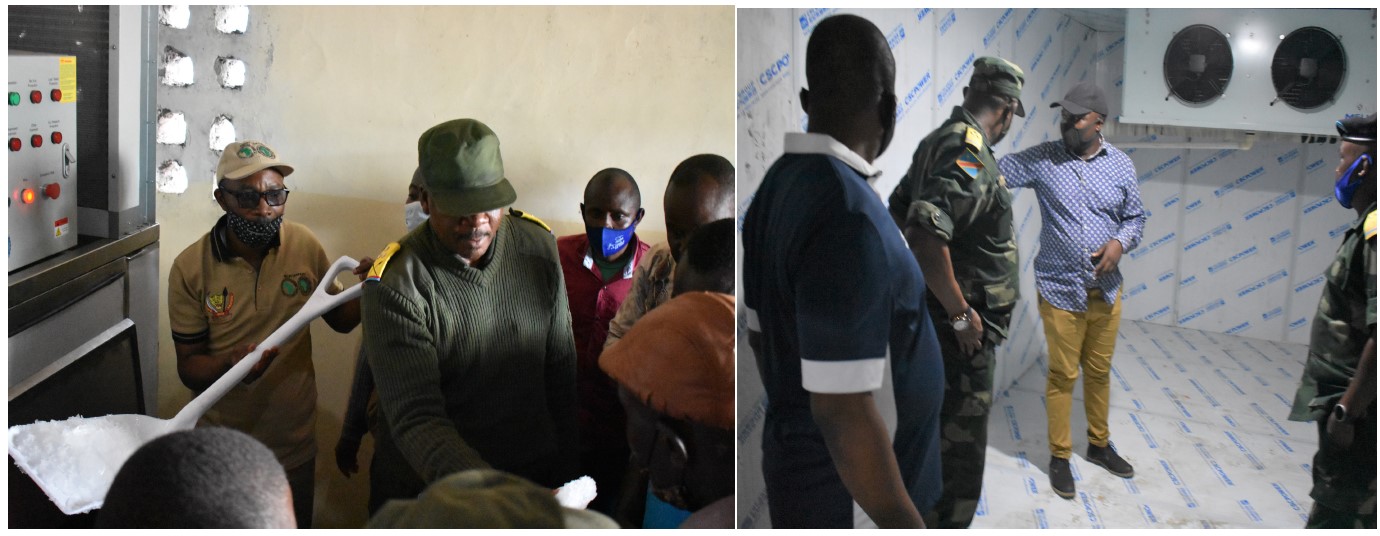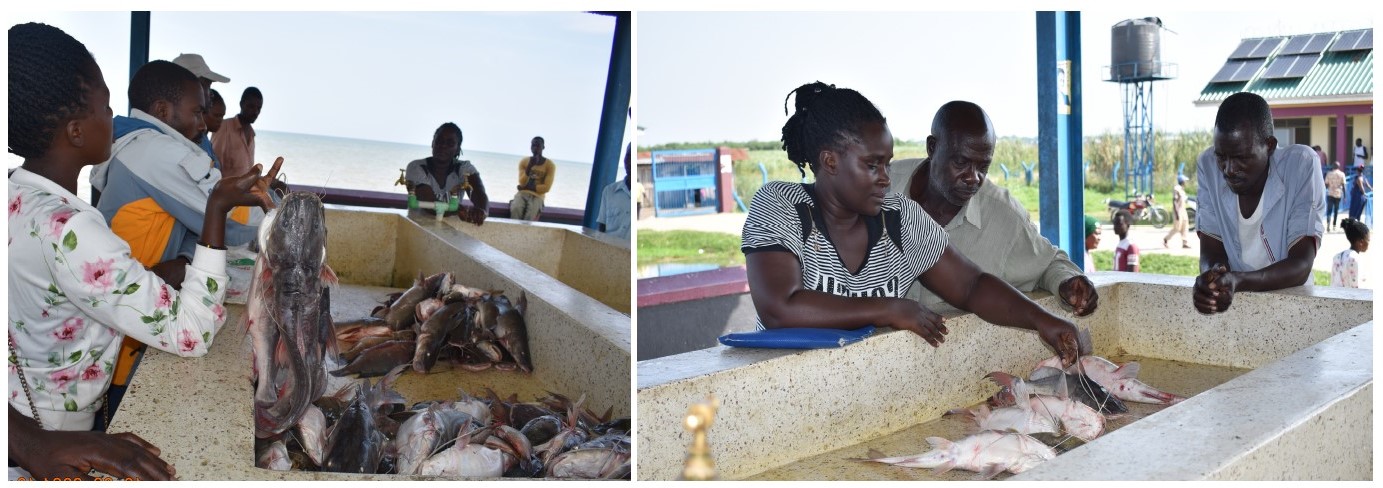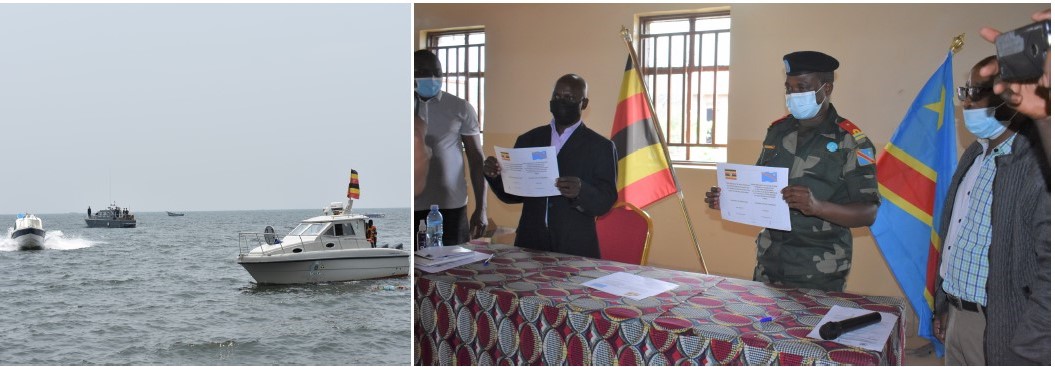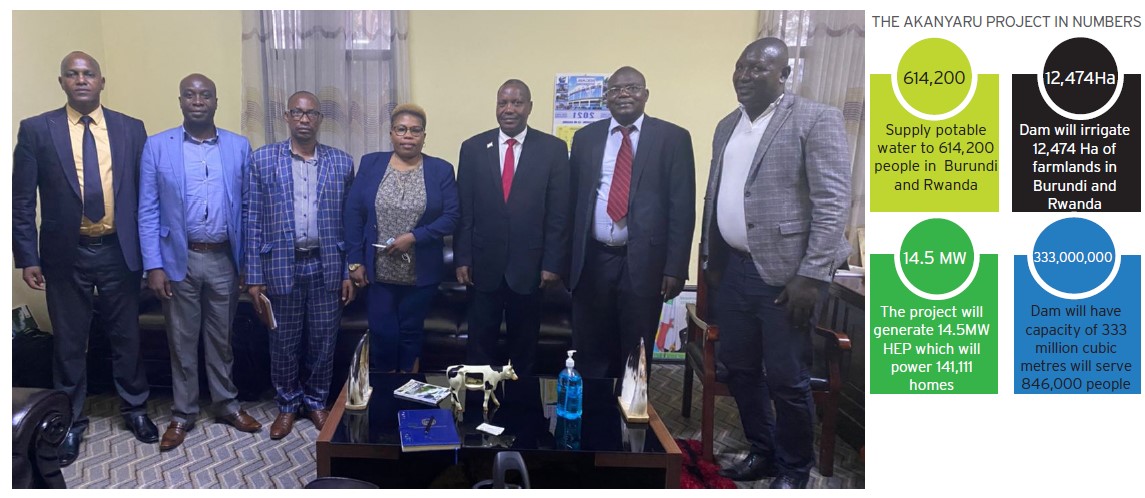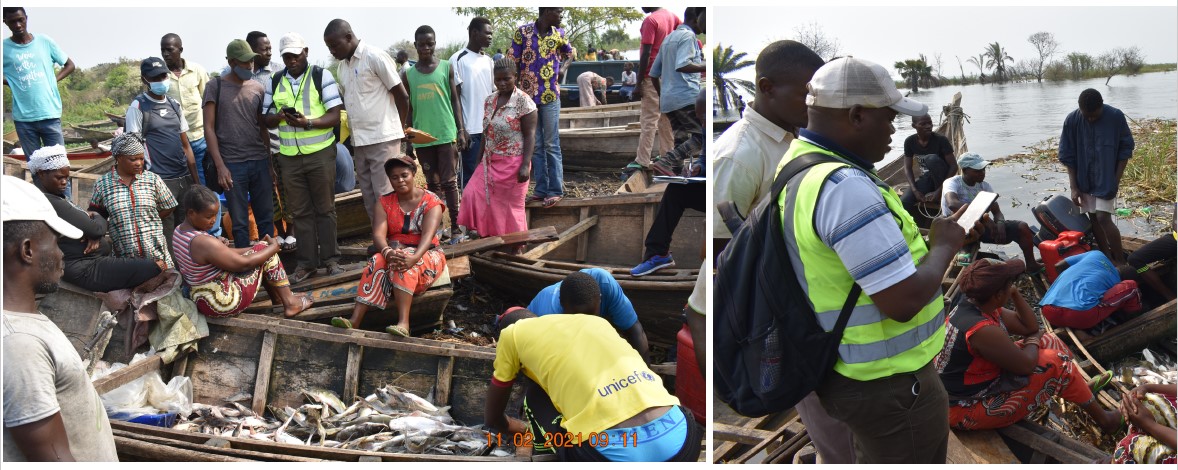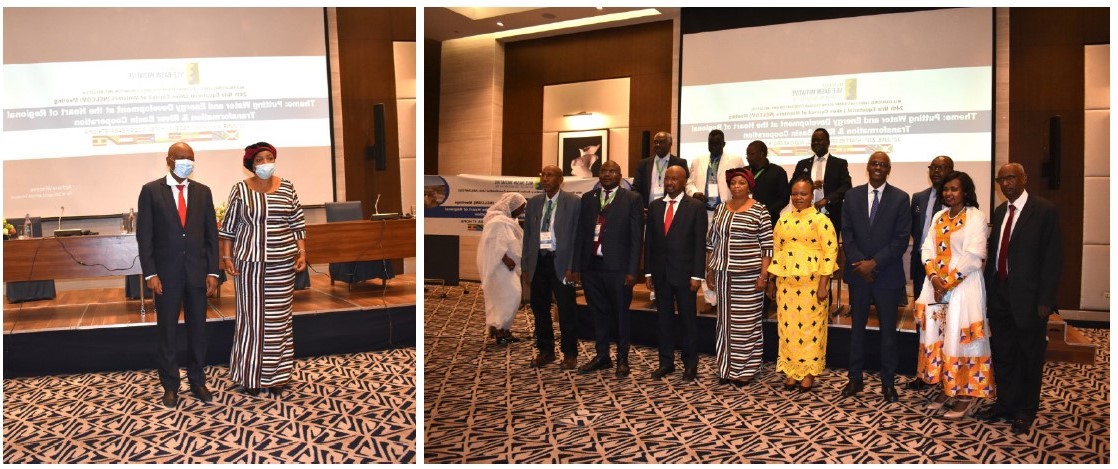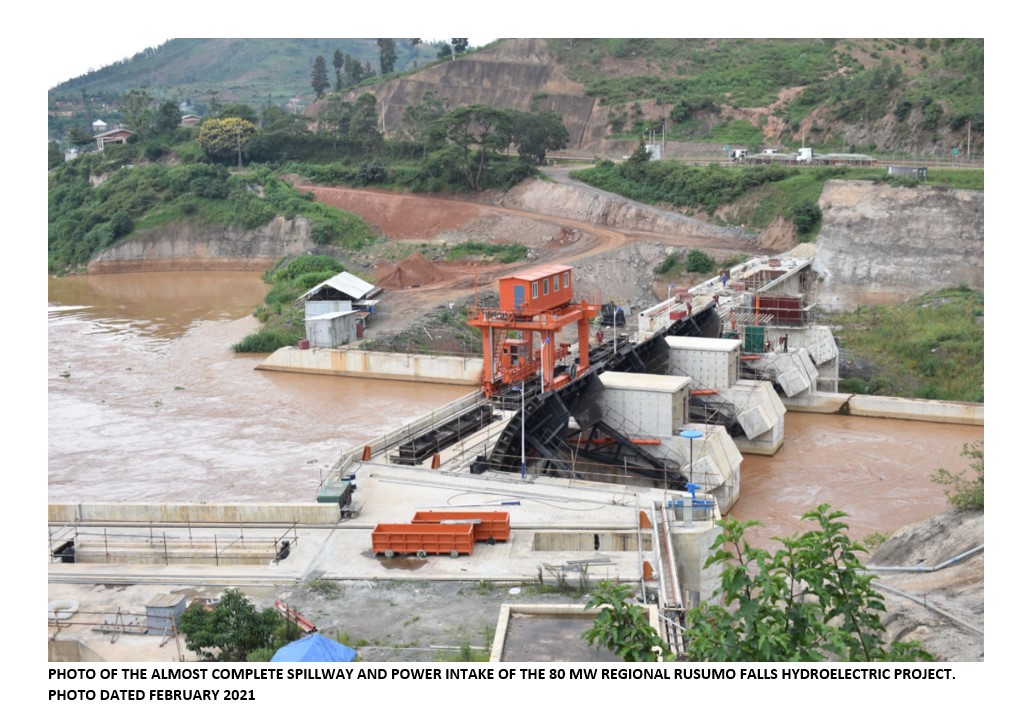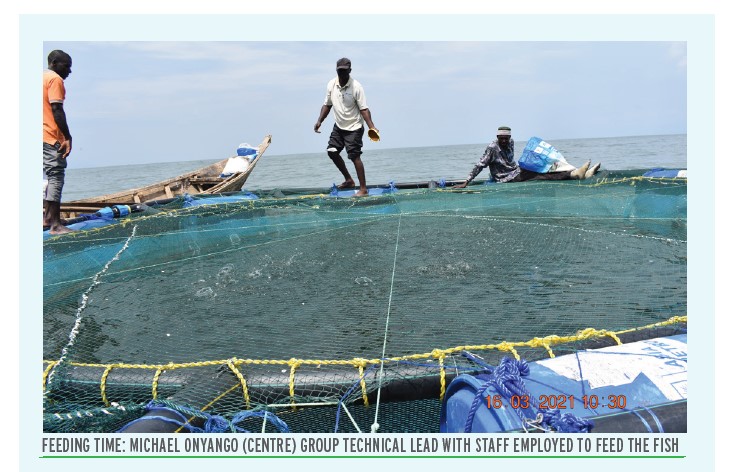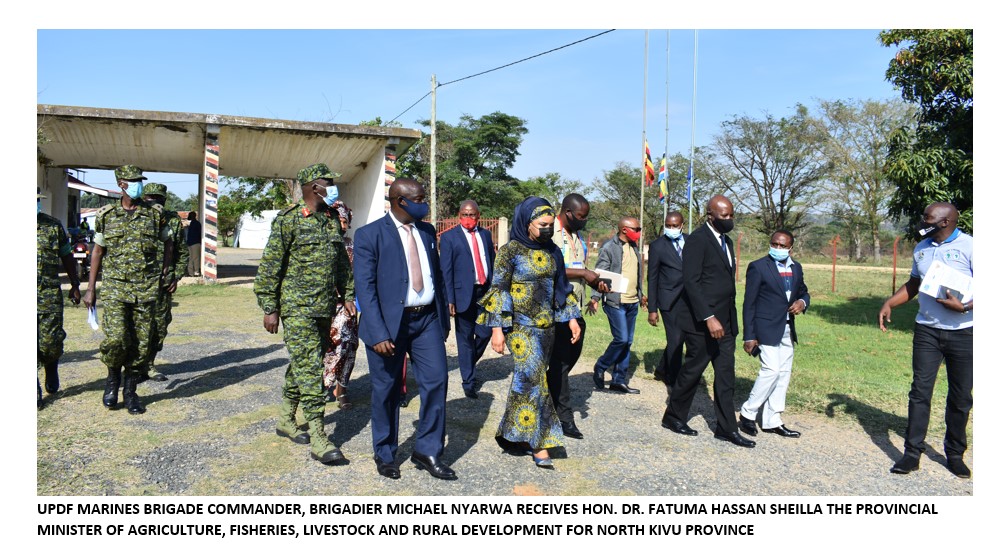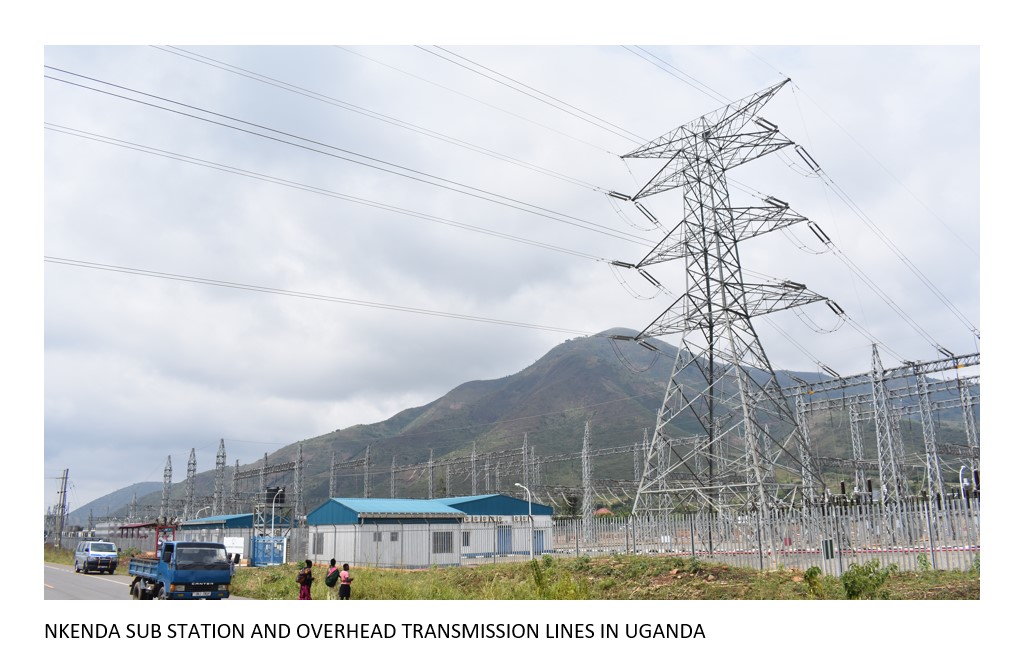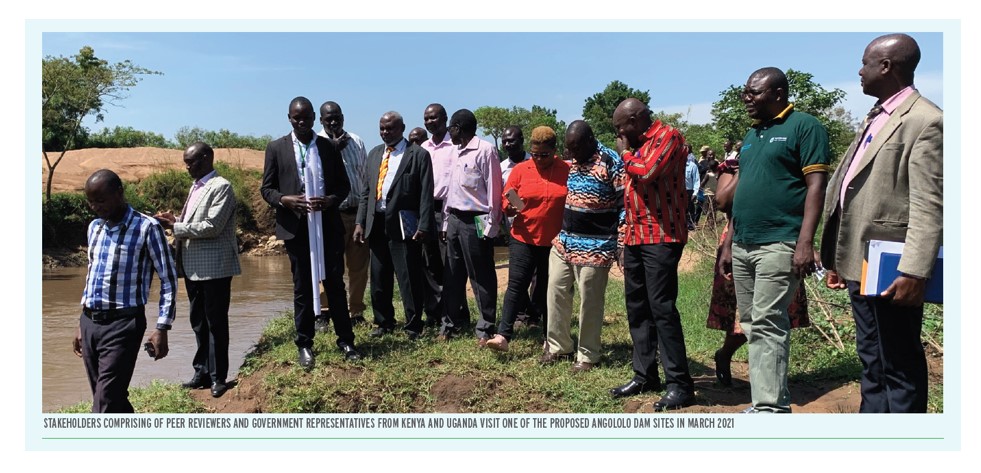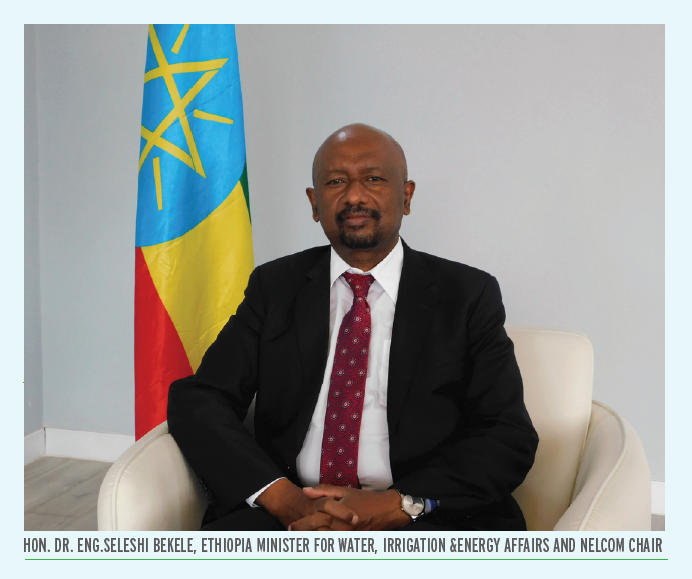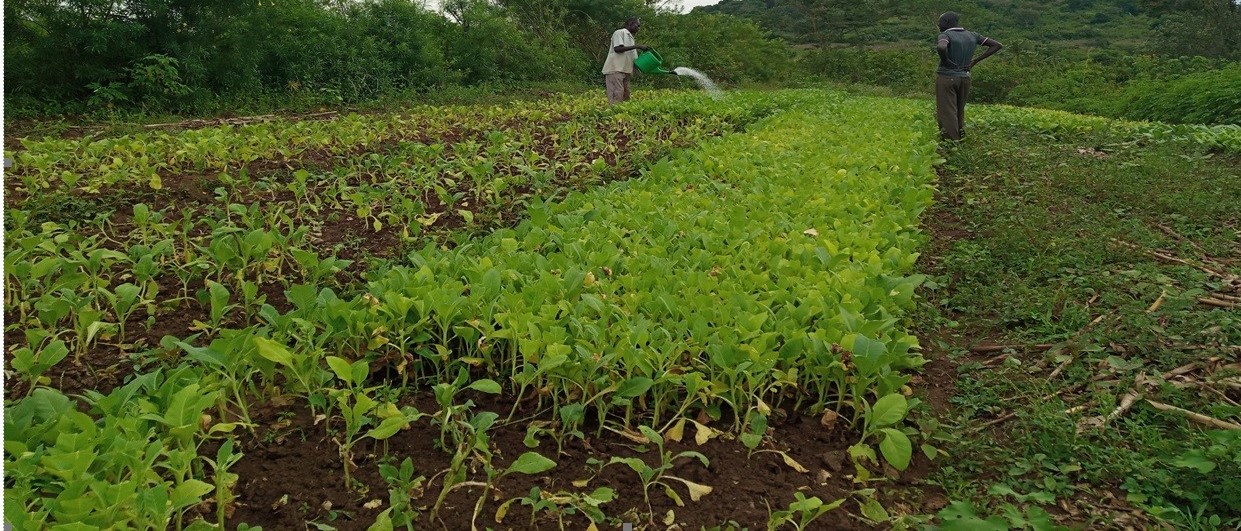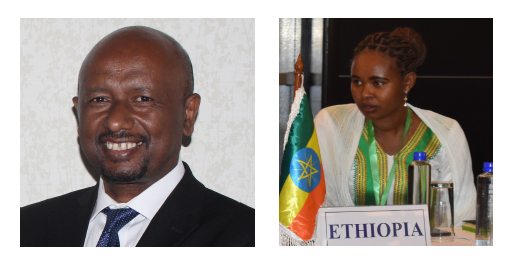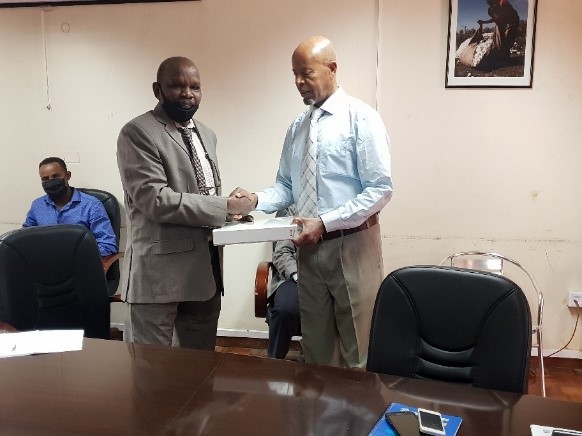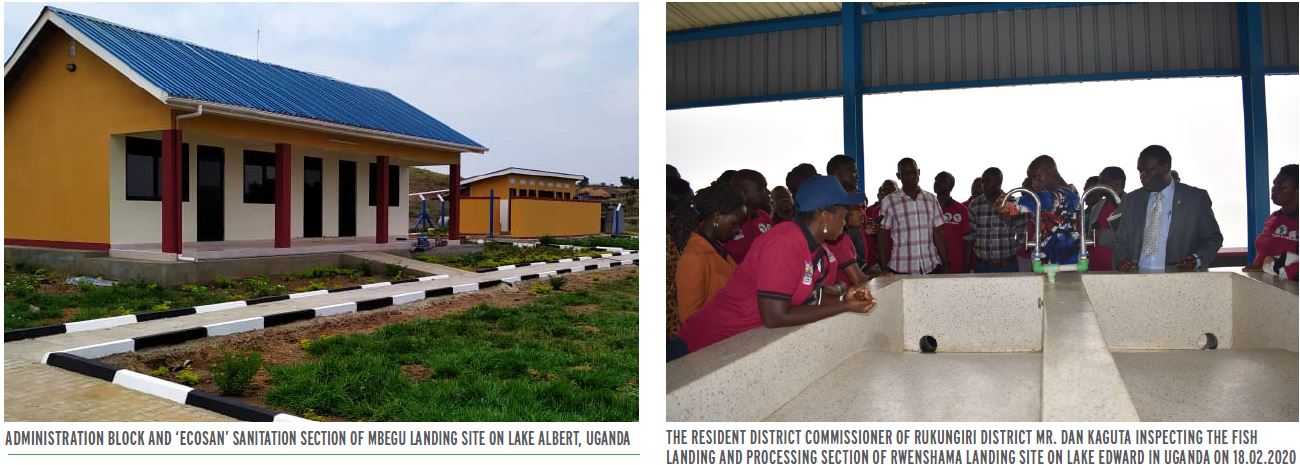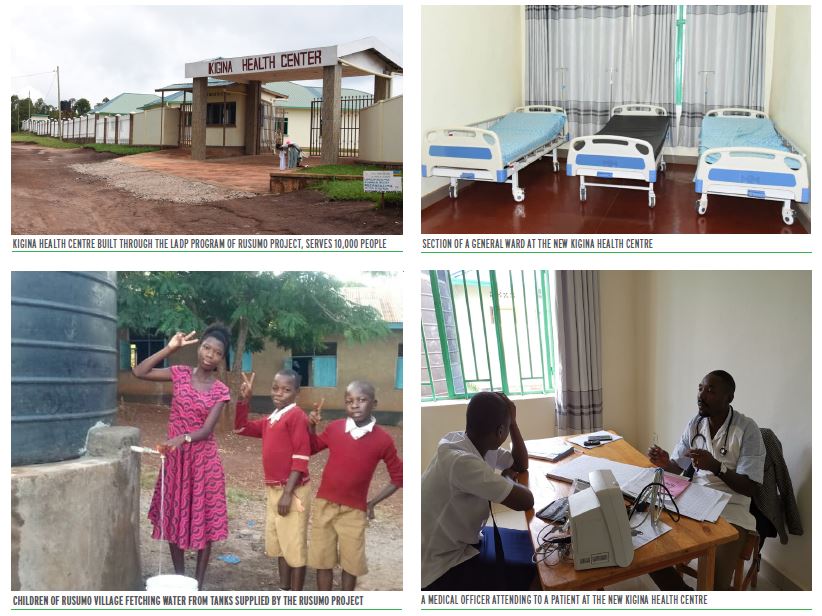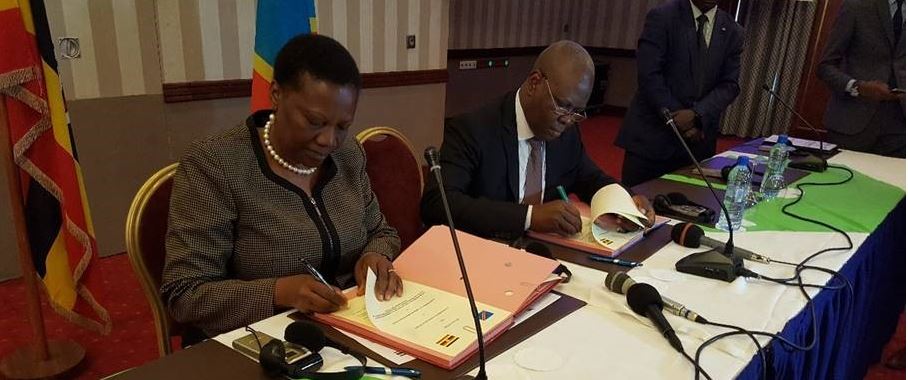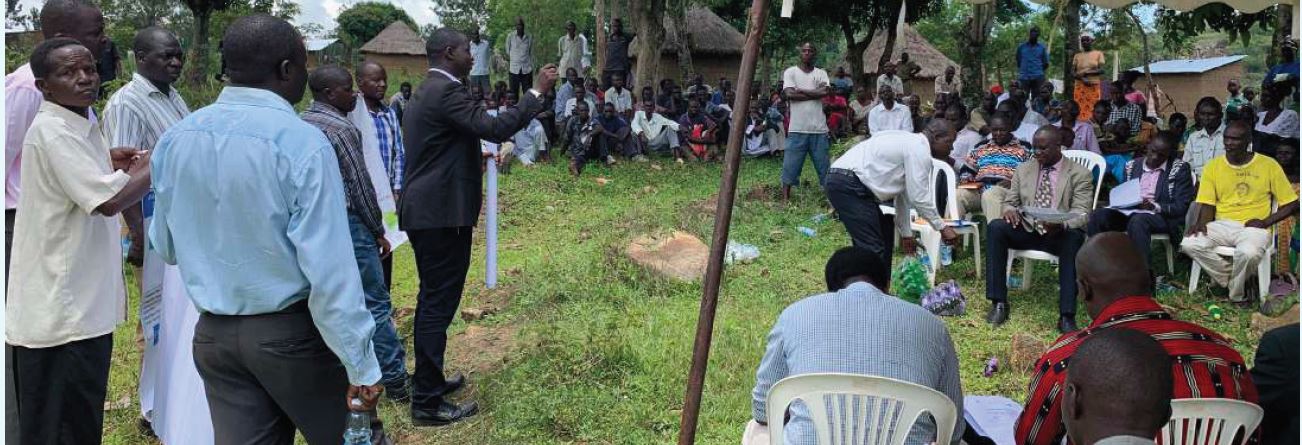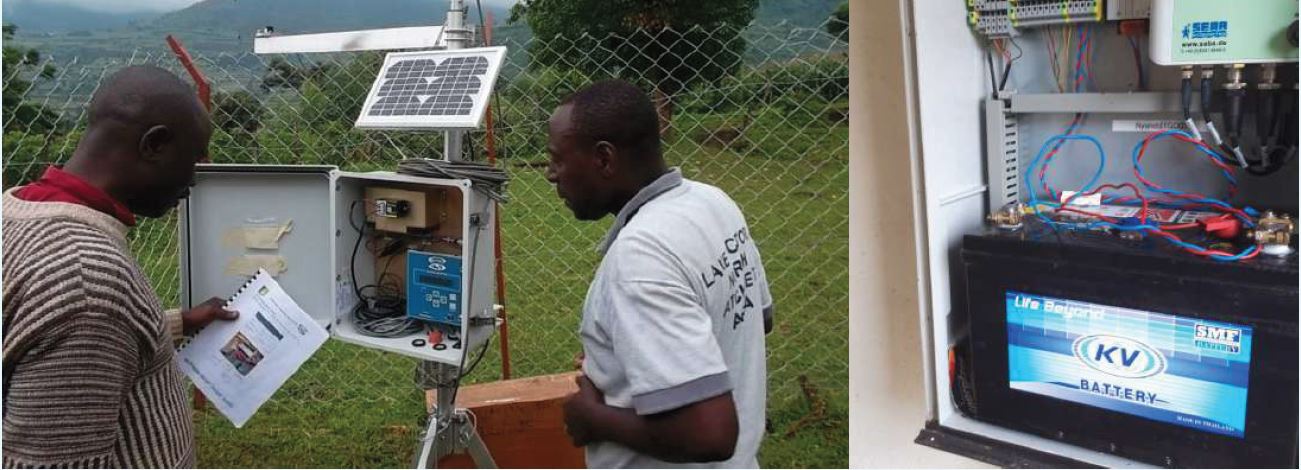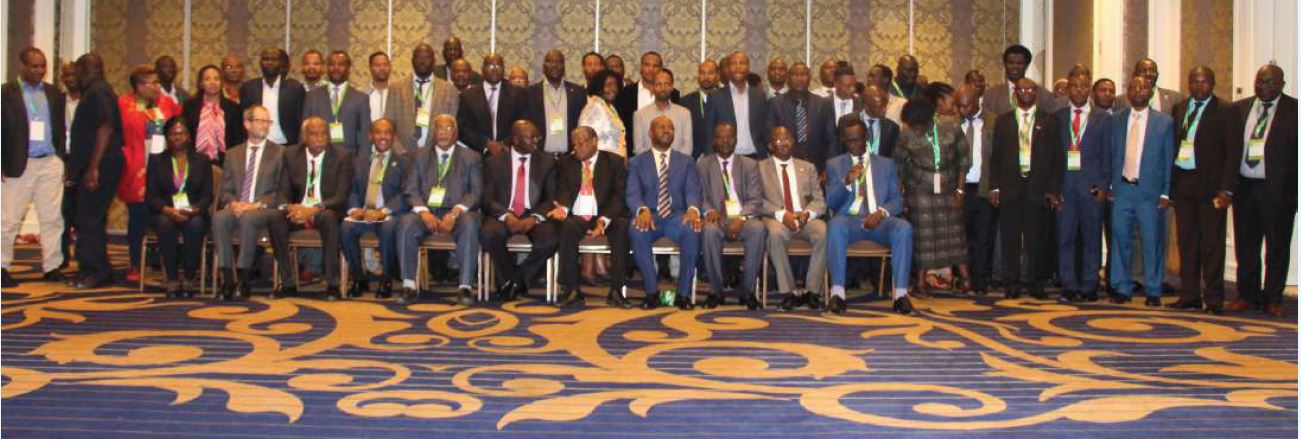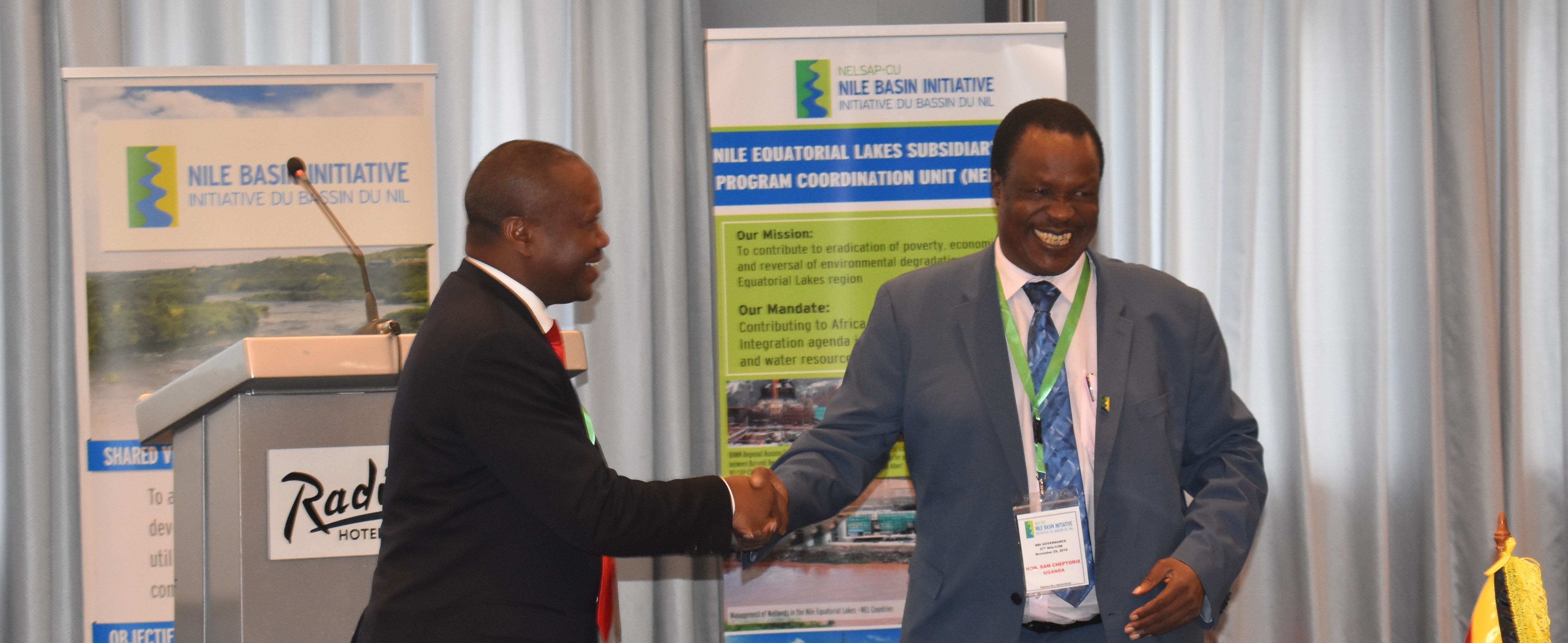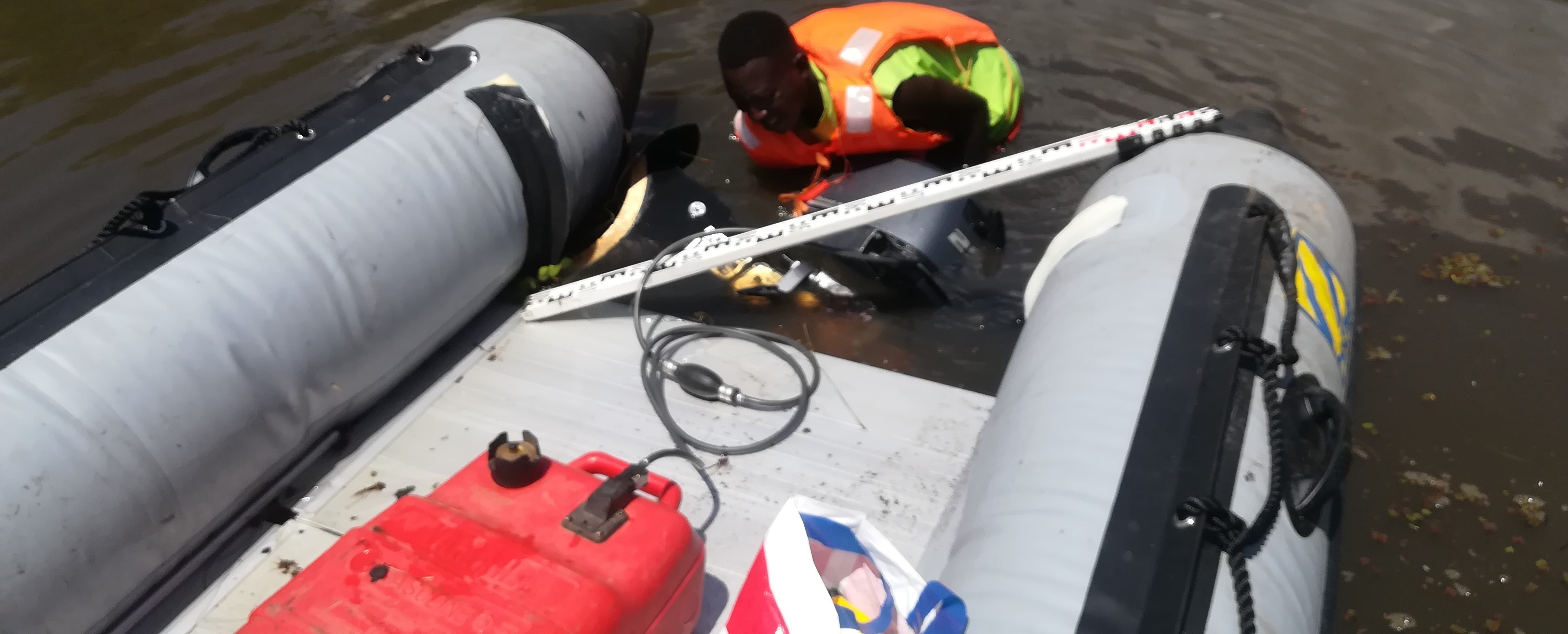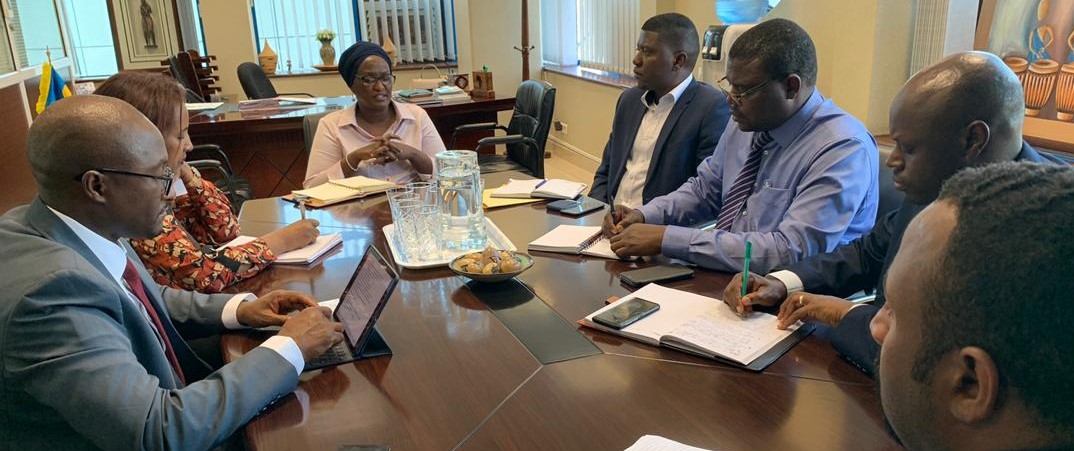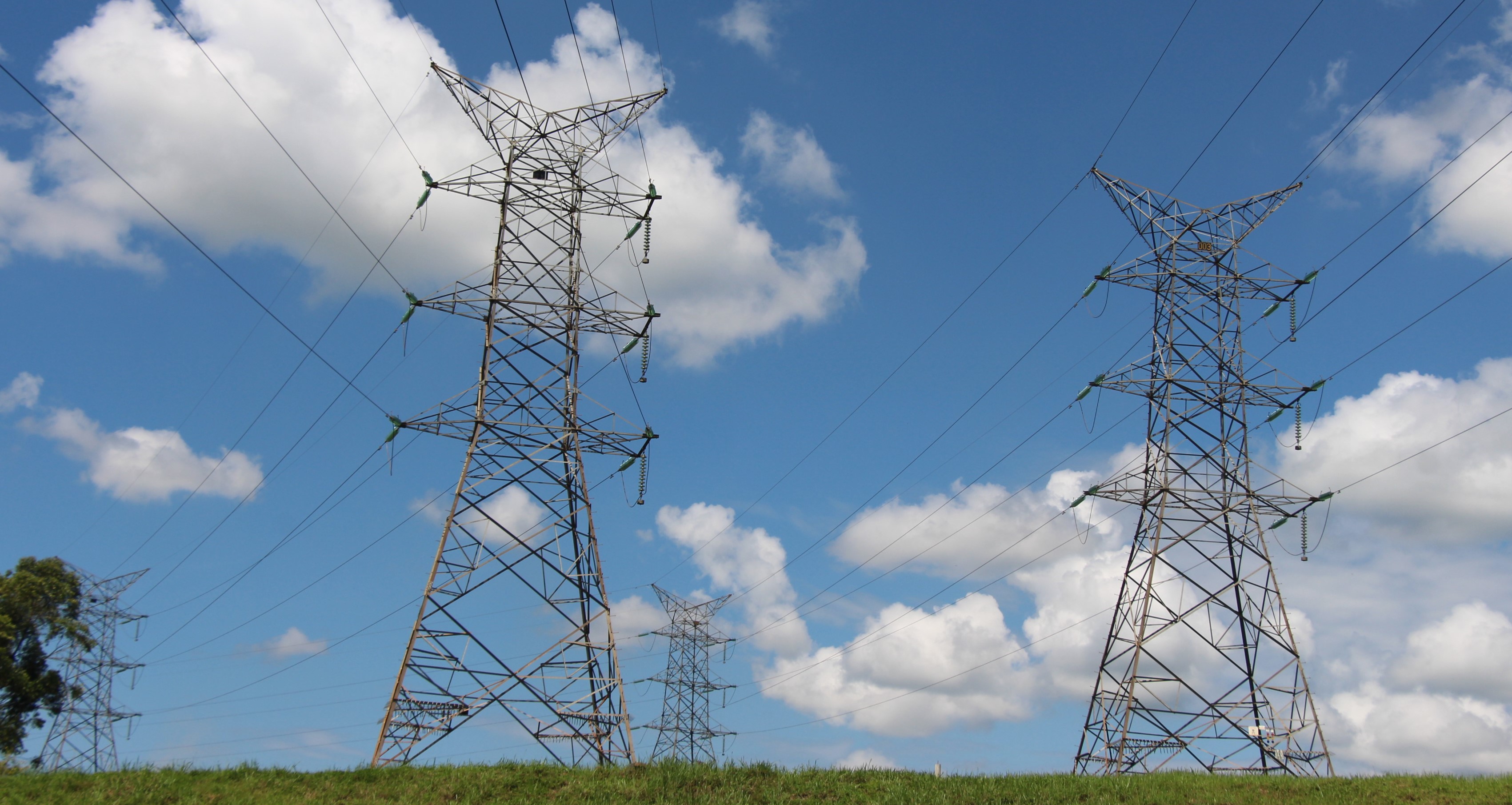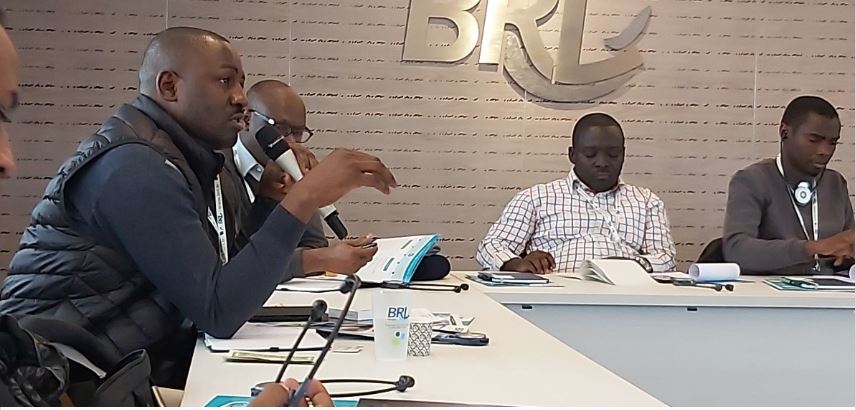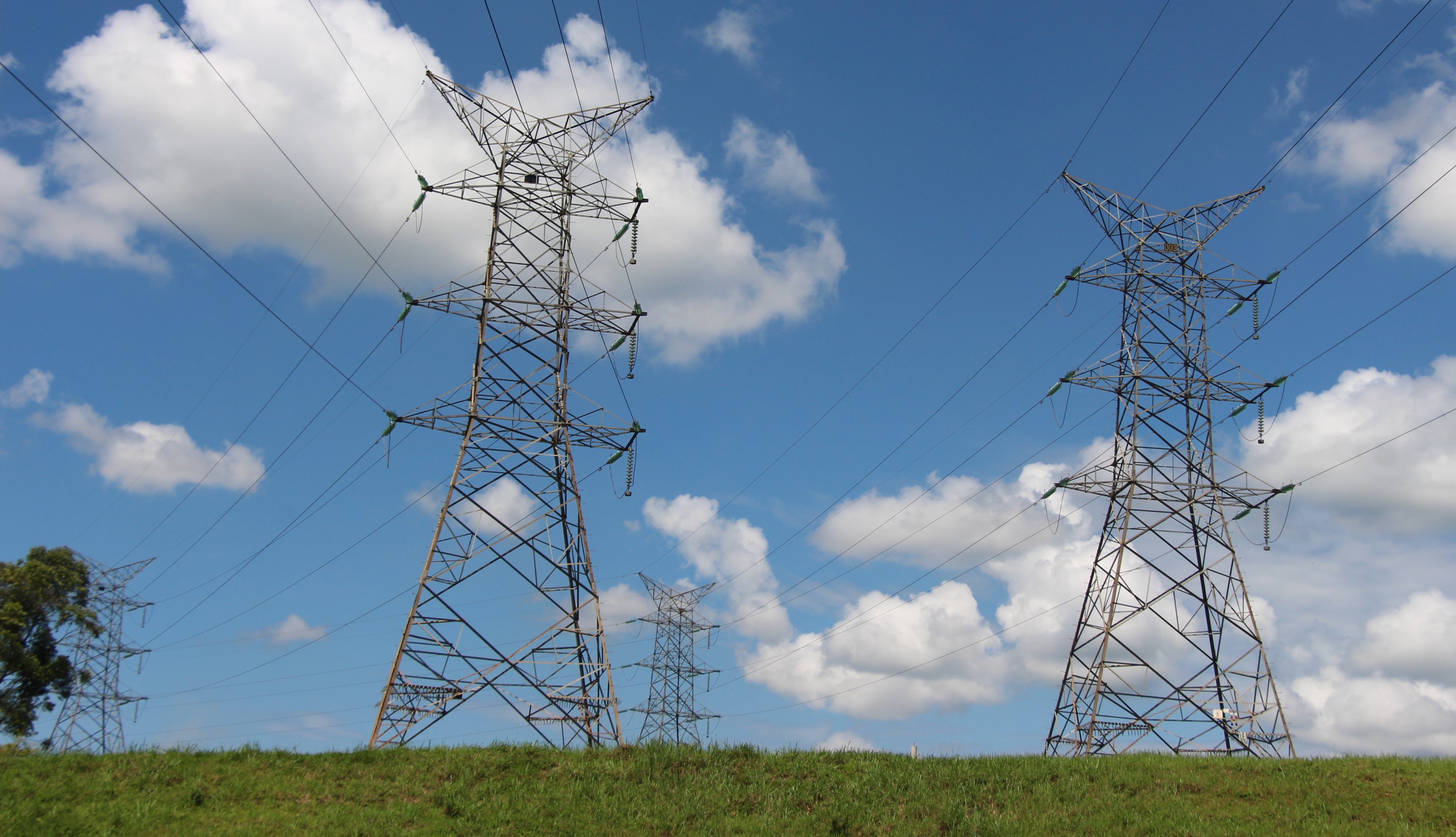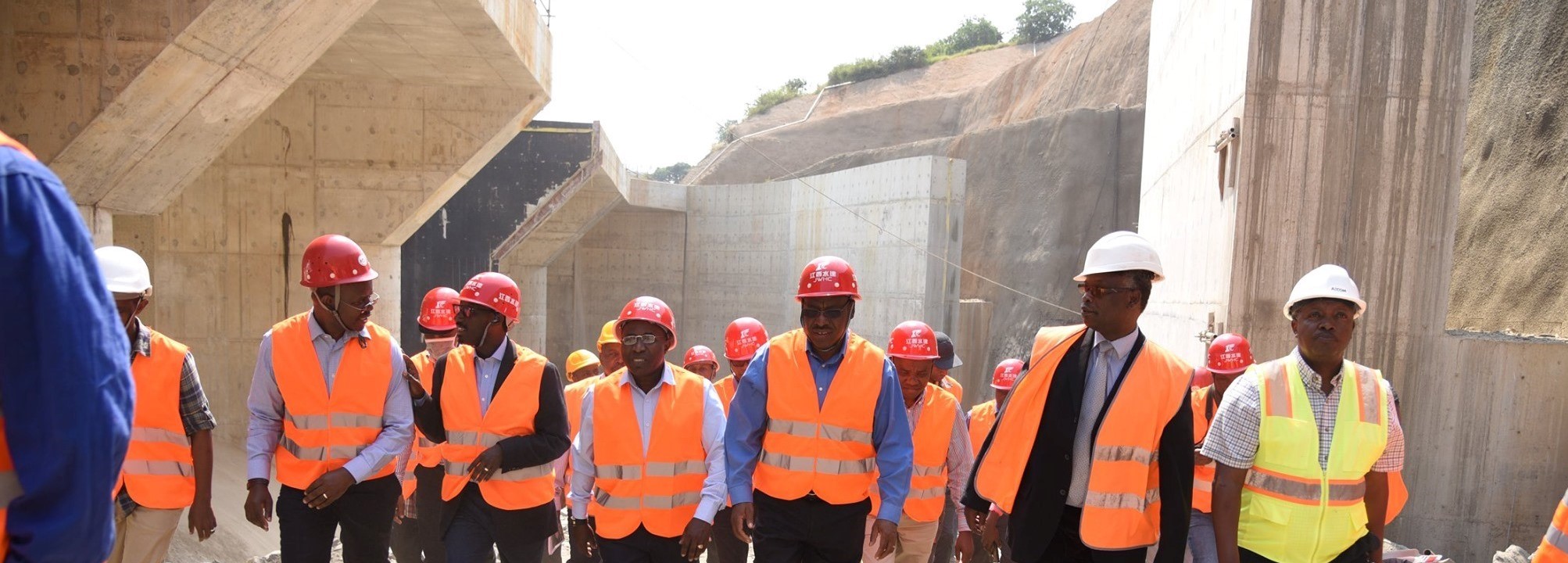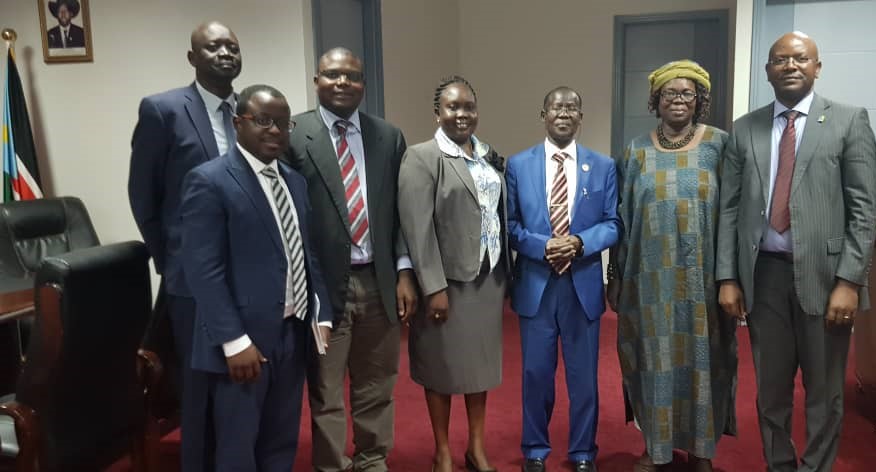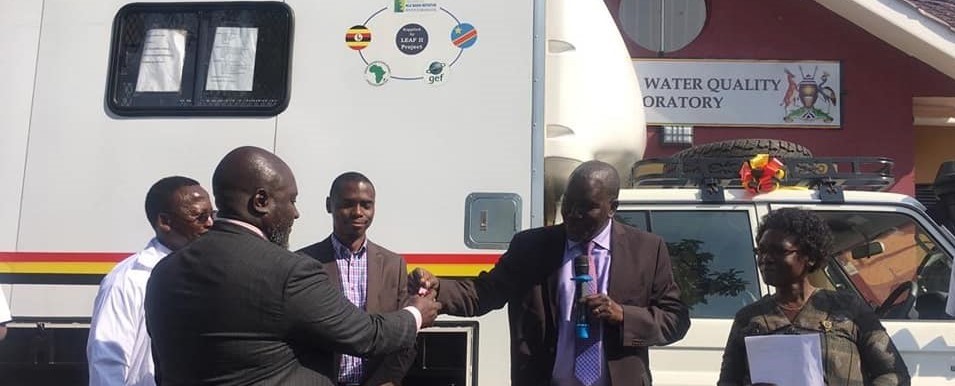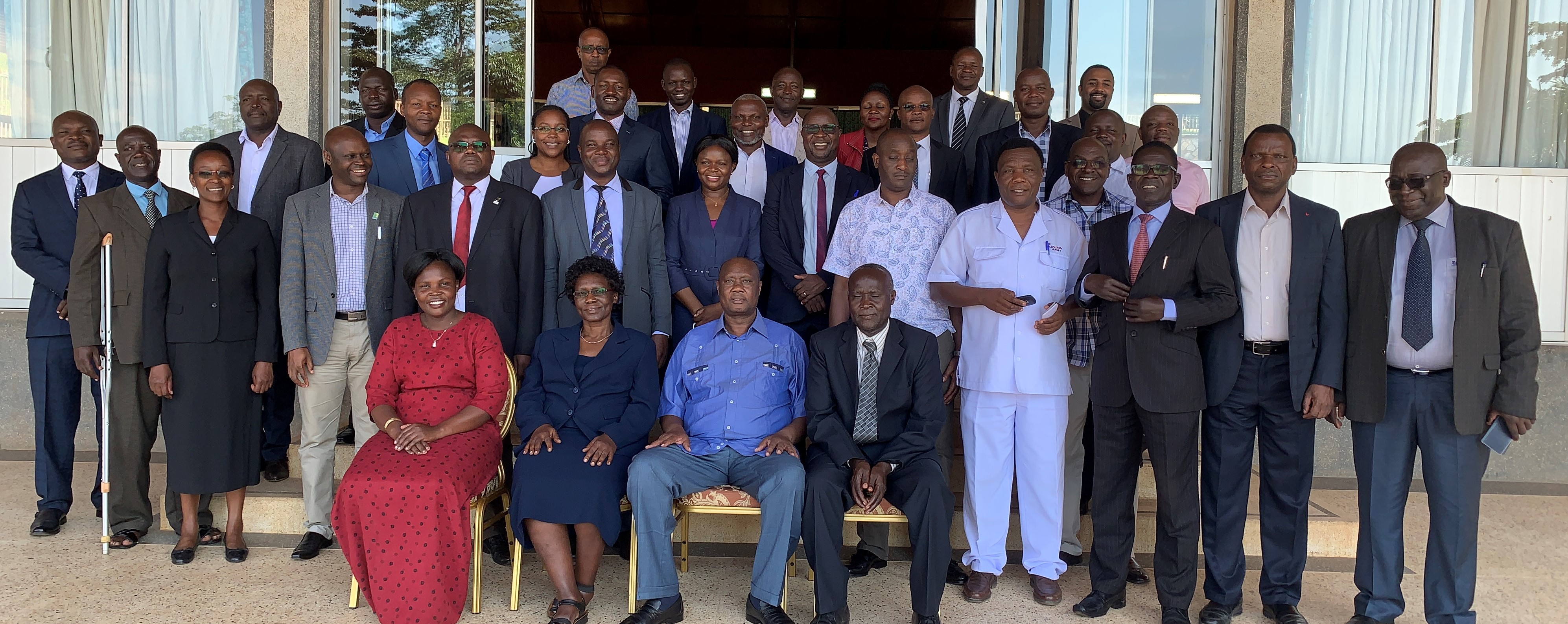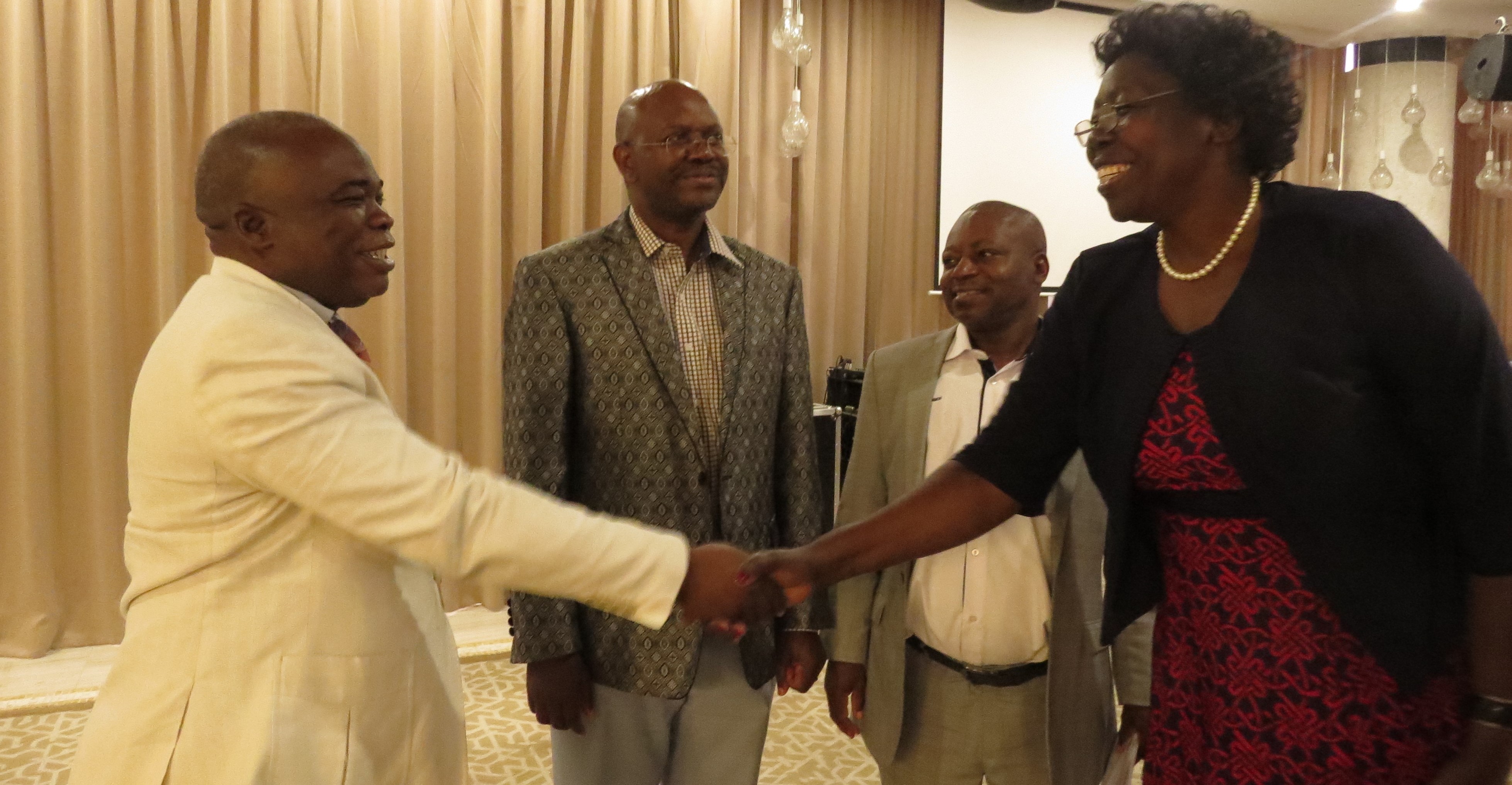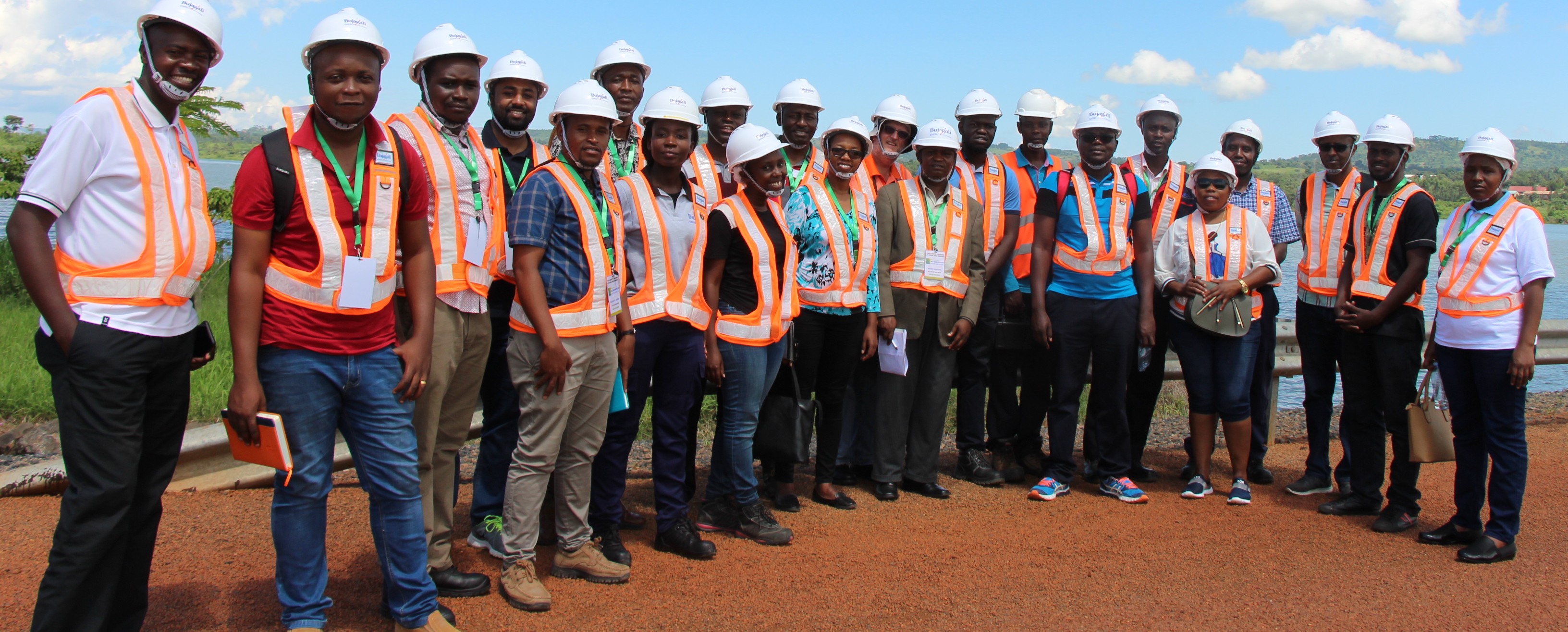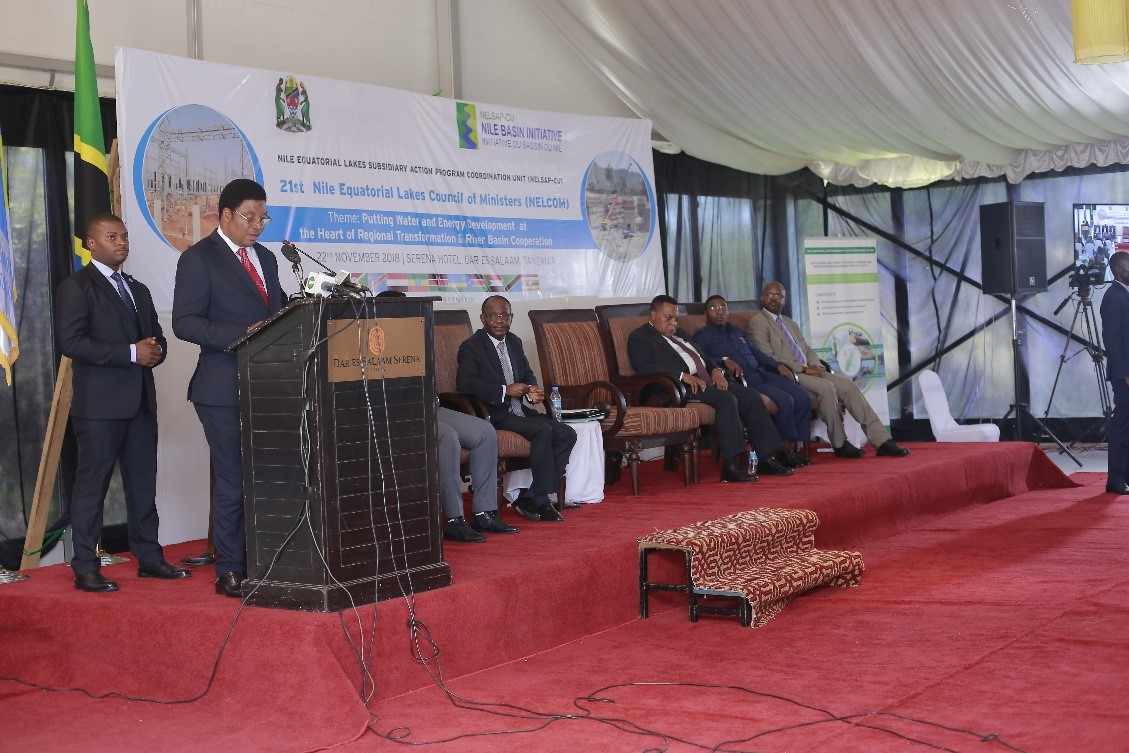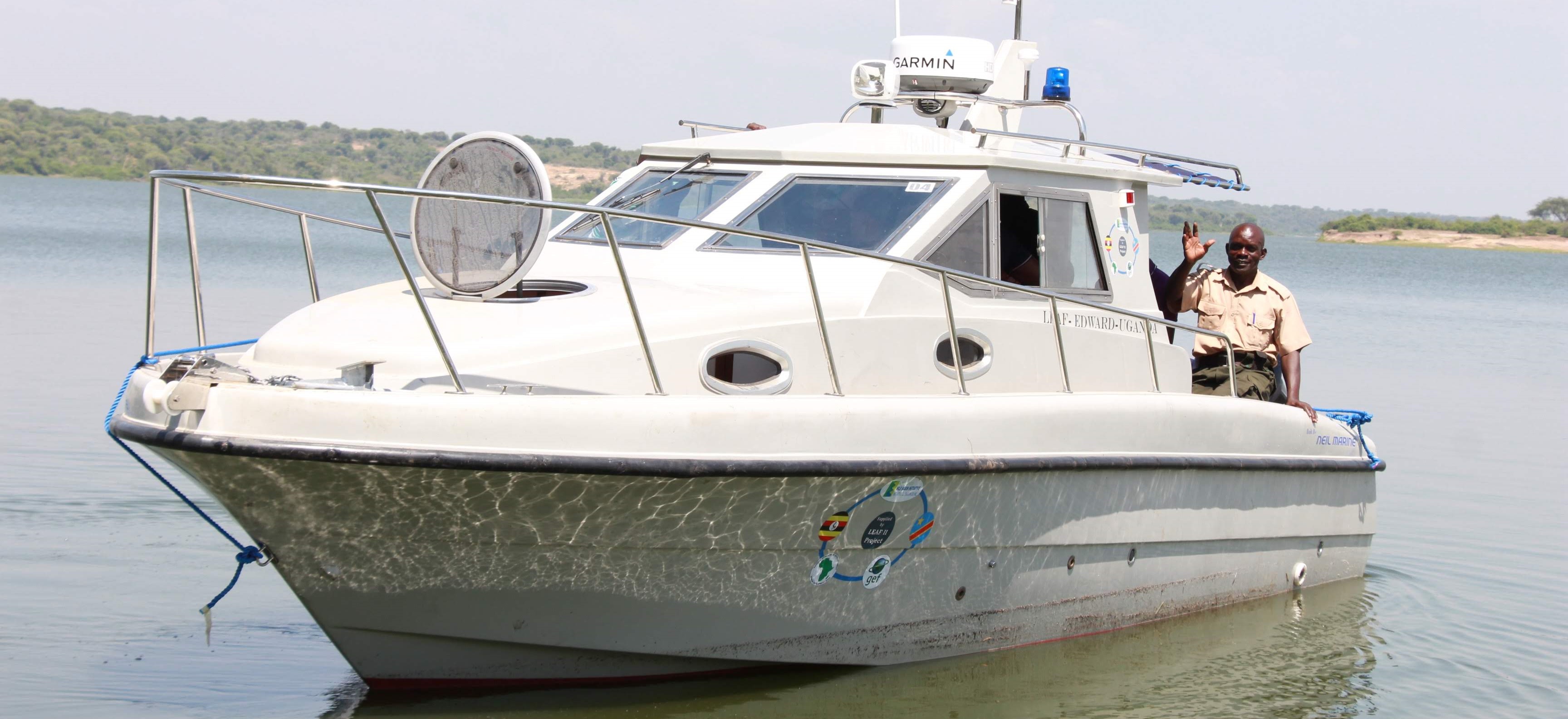Monitoring fish stocks in relation to their species composition, abundance, distribution, catch, and fishing effort is required for sound management of fisheries resources. When the lakes in question are transboundary, this exercise becomes even more significant as it promotes cooperation on the international waters, reduces border conflicts and brings countries closer.
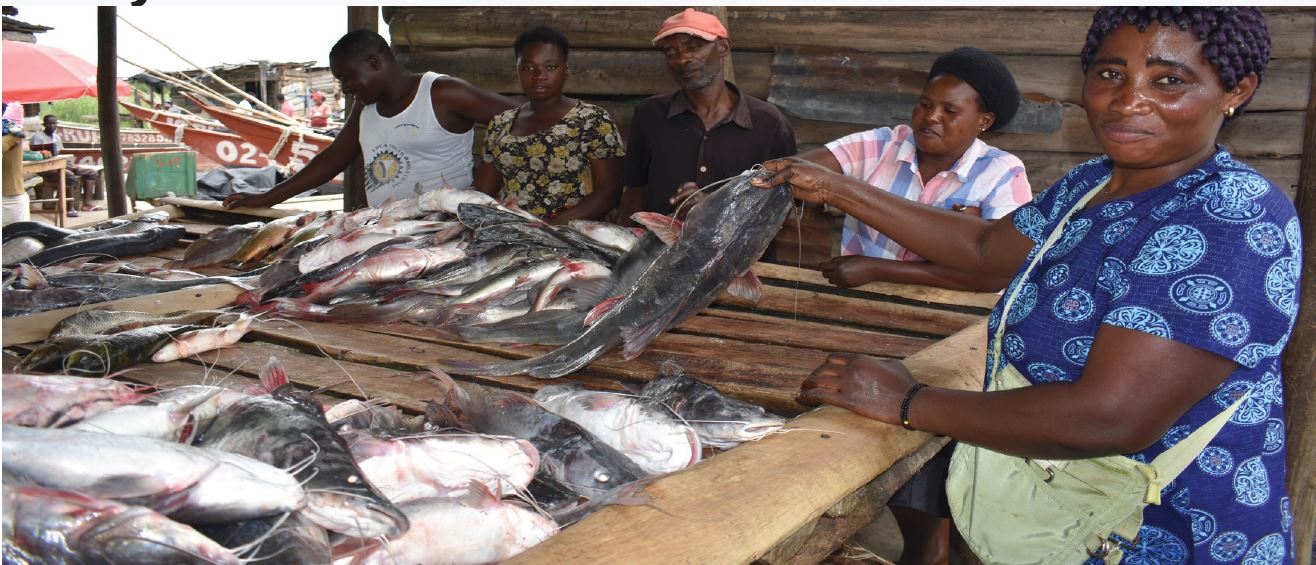 UWIMANA SIFA (RIGHT) A FISH TRADER AT THE RWENSHAMA FISH LANDING SITE ON LAKE EDWARD IN RUKUNGIRI DISTRICT OF UGANDA ON 28.02.2020
UWIMANA SIFA (RIGHT) A FISH TRADER AT THE RWENSHAMA FISH LANDING SITE ON LAKE EDWARD IN RUKUNGIRI DISTRICT OF UGANDA ON 28.02.2020
NELSAP-CU through the LEAF II Project and the countries (D.R Congo and Uganda) conducted a lake-wide Frame Survey and Catch Assessment Survey on Lakes Edward and Albert. This is the first time a lake-wide survey has been conducted on both of these transboundary lakes. This activity was funded through a grant by the Global Environment Facility (GEF) to the NELSAP-implemented regional component of the project. The two national project components are funded through a grant to DR Congo and a loan to Uganda.
The Catch Assessment Survey was conducted by the Service National de Promotion et de Développement de la Pêche / National Service for the Promotion and Development of Fisheries (SENADEP) of the D.R Congo and National Fisheries Resources Research Institute (NaFIRRI) of Uganda. The survey was carried out at 56 landing sites between July and August 2019 using 141 trained enumerators (87 from the DRC & 54 from Uganda). The enumerators worked under direct supervision of Sub-County/District (Uganda) and Province (DRC) Fisheries Officers (FOs) with the overall coordination by NaFIRRI and the Directorate of Fisheries Resources (Uganda) and SENADEP (D.R Congo). The survey was implemented using the harmonized Standard Operating Procedures (SOPs) agreed upon by D.R Congo and Uganda.
An upstream Frame Survey was earlier conducted on both lakes, which involved direct and complete enumeration of all fish landing sites, fishing inputs and all other facilities supporting the fisher community on a regular or ad hoc basis.
“NELSAP/NBI decided to spearhead this exercise in order to generate reliable scientific information on the fishing effort, fish catch and the level of fishing pressure that fisheries can support on lakes Edward and Albert to inform effective management of their fisheries resources,” says Mr. Godfrey Sengendo, the Regional Coordinator for the LEAF II project.
“The two surveys have provided the D.R Congo government with essential references that will shape preparation of fisheries projects on the two lakes and will also serve as basis for the sustainable development of the D.R Congo fishing sector in general,” says Dr. Sylvain Tusanga, the National Director of Fisheries Resources in the D.R Congo.
Key Findings of the CASs and Frame Surveys
The survey found out that on Lake Albert annual total quantity of fish caught was 31,384.8 tons which generated revenue of USD 278,513.50 at beach value. In terms of species, on the D.R Congo side, the Lates spp, locally known as capitaine, contributed 22.8 % of annual catch, followed by Synodontis spp (12.8%) known locally as likoko. On the Uganda side Engraulicypris bredoi and Brycinus nurse locally known as ragoogi contributed 56.2% of the annual catch. On Lake Edward, the annual total quantity of fish caught was 32,092.8 tons which generated revenue of USD 62,702.7. In terms of species, on the D.R Congo side, the catch was dominated by Tilapia which represented 36.7% of the catch, followed by Bagrus spp locally known as kibonde, representing 32.3%. In Uganda the species were, Bagrus docmak known locally as munama, representing 33% of total catch followed by Protopterus aethiopicus known locally as mamba at 18% and Tilapia spp also at 18%.
The survey revealed an increase in fish catch in both Uganda and D.R Congo as a result of improved patrolling and enforcement of fisheries regulations which has aided recovery of fish species and curbed illegal fishing practices.
The Frame Survey recorded a total of 201 landing sites (107 in Uganda and 94 in DRC) on Lake Albert, 15,285 fishing crafts, and 48,084 fishers. It revealed a 49% increase in landing sites on the Uganda side from 2007 to 2017. Fishers also increased by 82% from 15,354 to 27,944. The survey noted an increase in the number of illegal fishing gear in both countries. On Lake Edward there were 28 landing sites, 3,535 fishing boats and 20,475 fishers. All gillnets recorded were of the legal category allowed on Ugandan side of the Lake. This was attributed to restrictions by Uganda Wildlife Authority (UWA) and recent enforcement efforts by the Fisheries Protection Unit of the Uganda Peoples Defense Forces. However, there were illegal gears (undersize gillnet, cast nets, beach seines and basket traps) on the DRC side in areas out of the Virunga National Park’s jurisdiction. The two surveys noted that some of the fishing methods listed as illegal are not classified as such in both DRC and Uganda, and these will be harmonized and enforced this year.
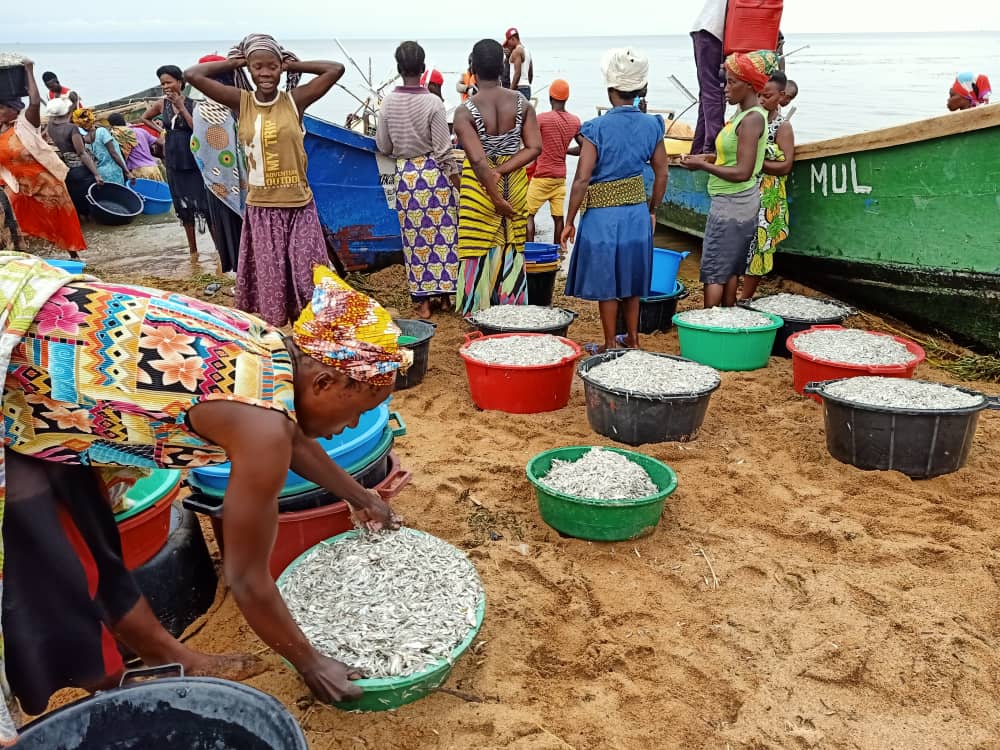
Lessons for DRC and Uganda from the Survey
On the Uganda side of Lake Albert, majority of fish was harvested and landed in illegal destructive gears. While this provides short term benefits, it severely compromises sustainability of the lake resources. Efforts should therefore be directed towards total removal of illegal gears from commercial fisheries.
The survey showed that economic importance of large sized species, particularly Nile perch, by far superseded that of the dominant small pelagic; E. bredoi and B. nurse (sardines) on Uganda portion of Lake Albert. Thus there is need for urgent protection of large bodied fish species from illegal practices such as use of undersize and prohibited fishing gears.
A key factor attributed to low value of two dominant small sized fish species E. bredoi and B. nurse (sardines) is post-harvest practice of processing fish on bare ground which devalued it. Value addition of these small fish species to promote them for human consumption rather than their current predominant use as animal feed will greatly improve their value.

